[Nagoya] 6 Recommended Spots on the “The Cultural Path” Enjoy Taisho and Showa Architecture!
![[Nagoya] 6 Recommended Spots on the “The Cultural Path” Enjoy Taisho and Showa Architecture!](https://life-designs.jp/wp/wp-content/uploads/2019/06/image23.png)
Table of Contents
* Information is current at the time of the interview.
Please check the latest information of each facility and store when using.
The area from Nagoya Castle to Tokugawaen is named "The Cultural Path" because of the residences of cultural and financial figures. There are many historical buildings where cultural figures who played a role in the modernization of Nagoya from the Edo period to the Meiji and Taisho periods.
There are more than 15 facilities that are open to the public. This time, we will introduce recommended spots, focusing on the Shirakabe/Chikara/Shumoku area. Please use this as a reference for your walking route!
Japan's first actress Sadayakko Kawakami lived here
Taisho Roman House "Futaba Museum"
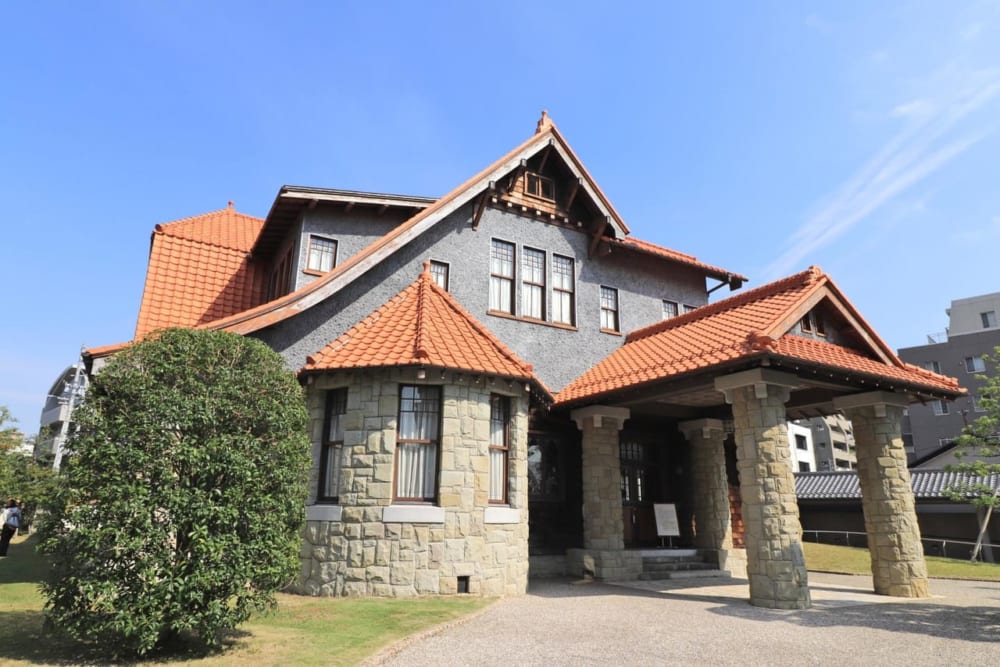
First, let's go to the The Cultural Path Futaba Museum (former residence of Sadayakko Kawakami). Materials related to the cultural path are also on display, so it is recommended as a starting point for a walk on the cultural path.
Sadayakko Kawakami (1871-1946) was touted as "Japan's first actress." Momosuke Fukuzawa (1868-1938) was the son-in-law of Yukichi Fukuzawa, who was said to be the king of electric power in Japan. The two were old acquaintances and lived together in this building from the Taisho era to the Showa era as business partners. Originally located in Higashifutaba-cho, Higashi-ku, it was relocated to its current location and reopened in 2005 as The Cultural Path Futaba Museum.
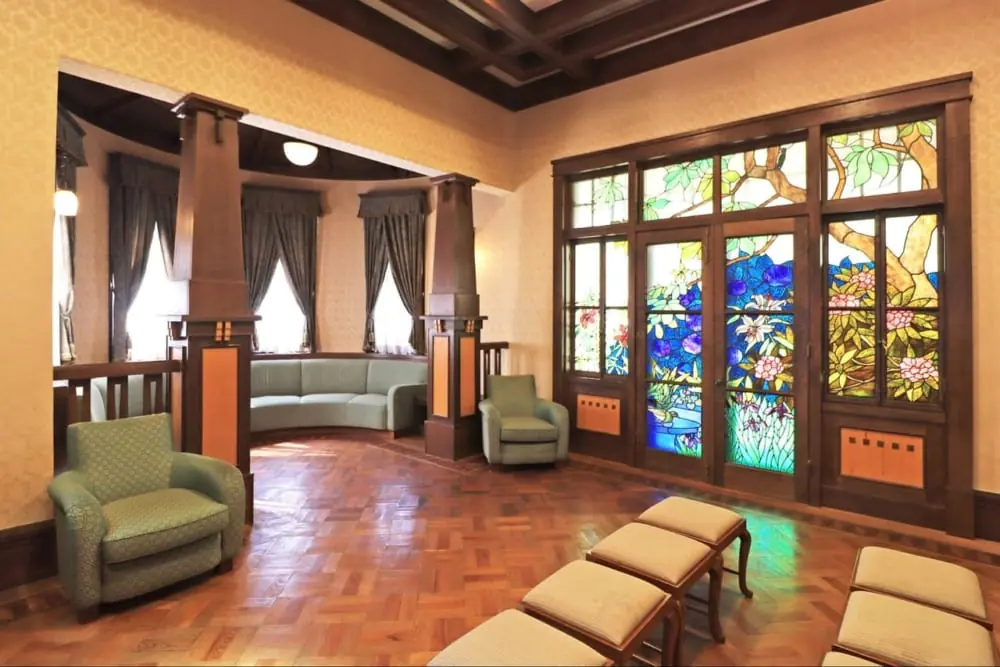
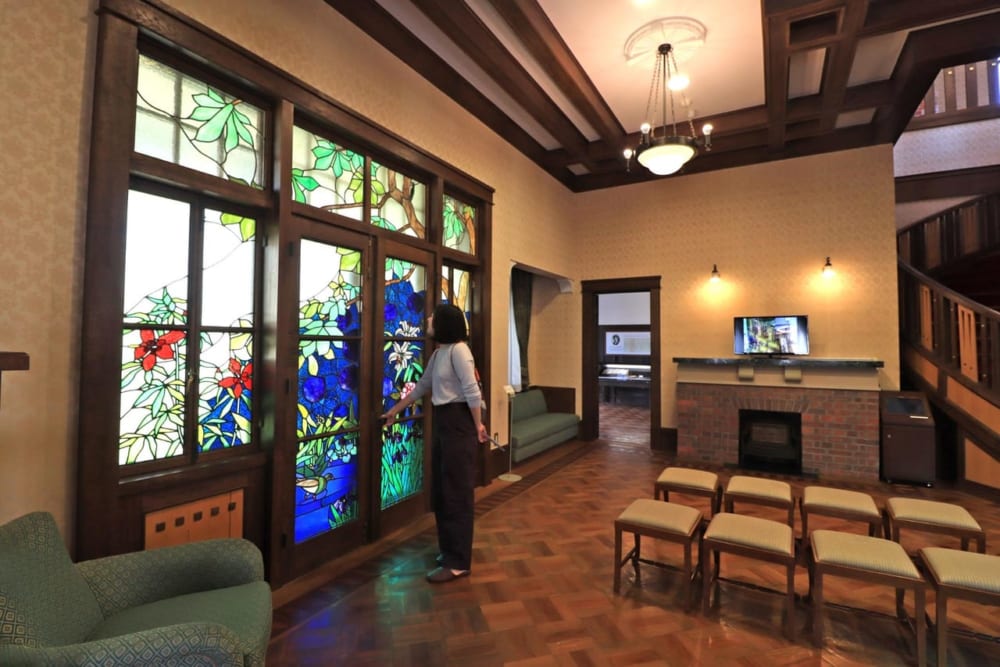 Stained glass "Early Summer" on the west side of the hall
Stained glass "Early Summer" on the west side of the hall
The large hall, located just inside the entrance, functioned as a salon where business people and intellectuals gathered. The highlight of the hall is the "stained glass". It was created based on the original drawing by Hisui Sugiura, the brother-in-law of Momosuke Fukuzawa, a famous designer at the time.

The most eye-catching part of the hall is the spiral staircase that leads to the second floor. The wooden staircase that draws a beautiful curve is characterized by a board attached to the back side.
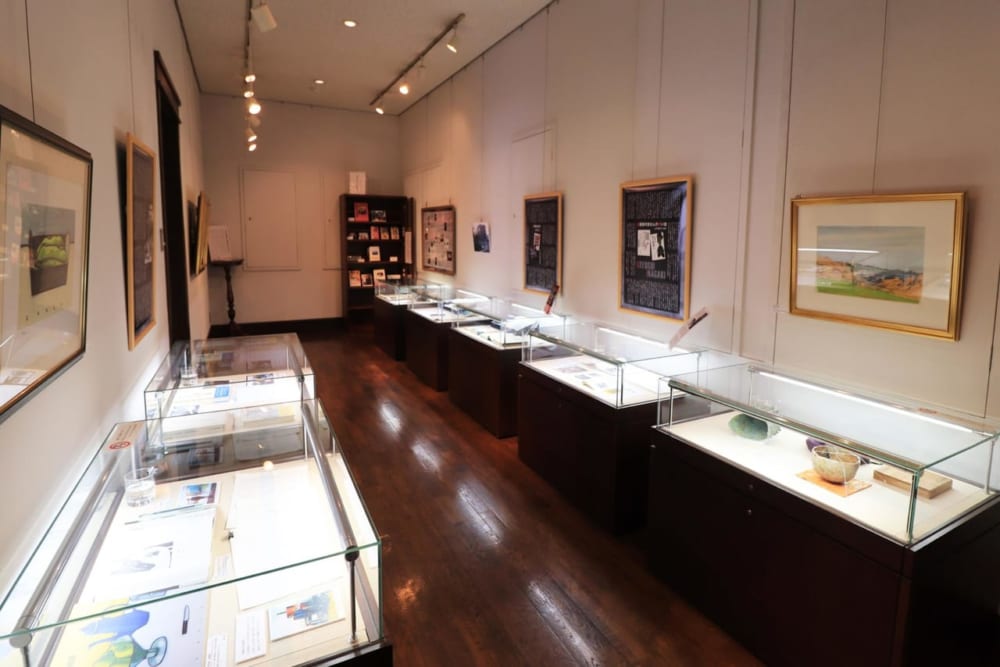
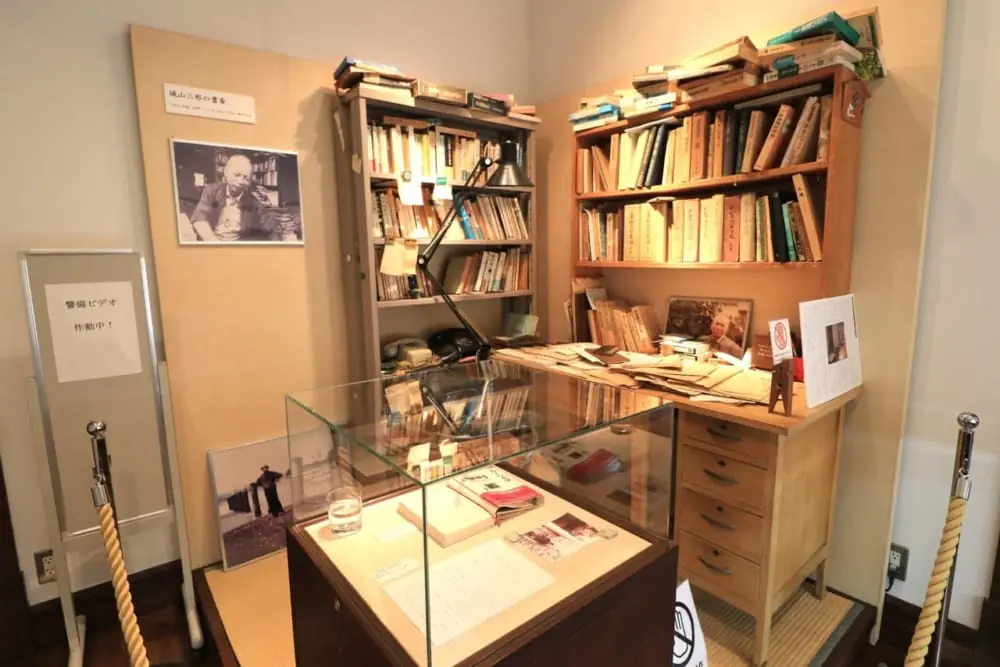 The study that Saburo Shiroyama used before has been reproduced.
The study that Saburo Shiroyama used before has been reproduced.
In the exhibition room on the second floor, you can see famous writers with ties to Nagoya, including Shoyo Tsubouchi, the founder of modern literature, Saburo Shiroyama (Naoki Prize), Tsuyoshi Kotani (Akutagawa Prize), Miyoshi Enatsu (Toshiko Tamura Prize), and Ken Kasugai (Chouku Prize).
[The Cultural Path Futaba Museum]
Address : 3-23, Yugi-cho, Higashi-ku, Nagoya City, Aichi Prefecture
Phone number :052-936-3836
Parking :Paid parking (10 spaces) 300 yen/time (free within 30 minutes)
You can also enjoy an elegant tea time.
A mansion where you can feel the romance of the Taisho Era "Shumokukan"
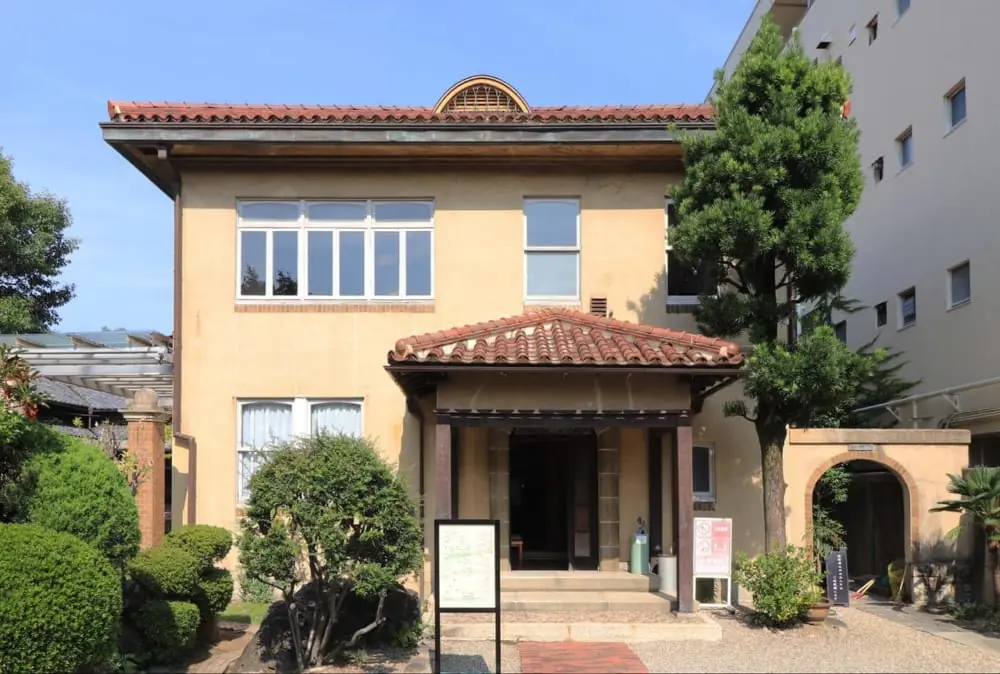
Next, go to Shumokukan, a 5-minute walk from The Cultural Path Futaba Museum.
"The Cultural Path Shumokukan" is a residence built in 1926 by Tamesaburo Imoto, a ceramics merchant. Nagoya's population was around 90,000 at the beginning of the Meiji period, but by the end of the Taisho period, the population had increased tenfold to over 1 million, making Nagoya one of the three largest cities in Japan, after Tokyo and Osaka. The building is a symbol of the bustle of that era.
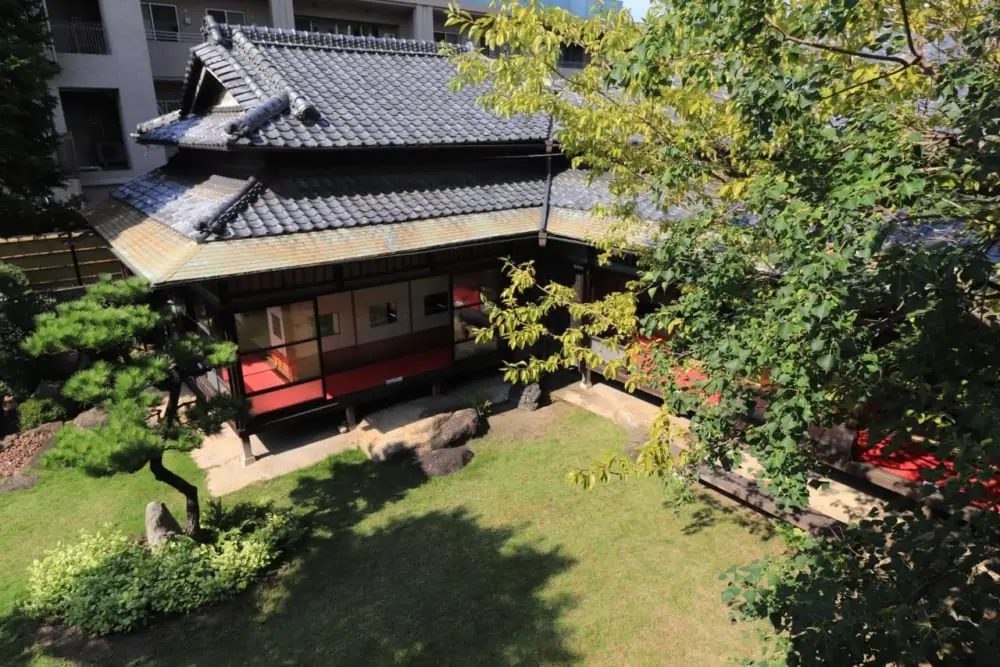
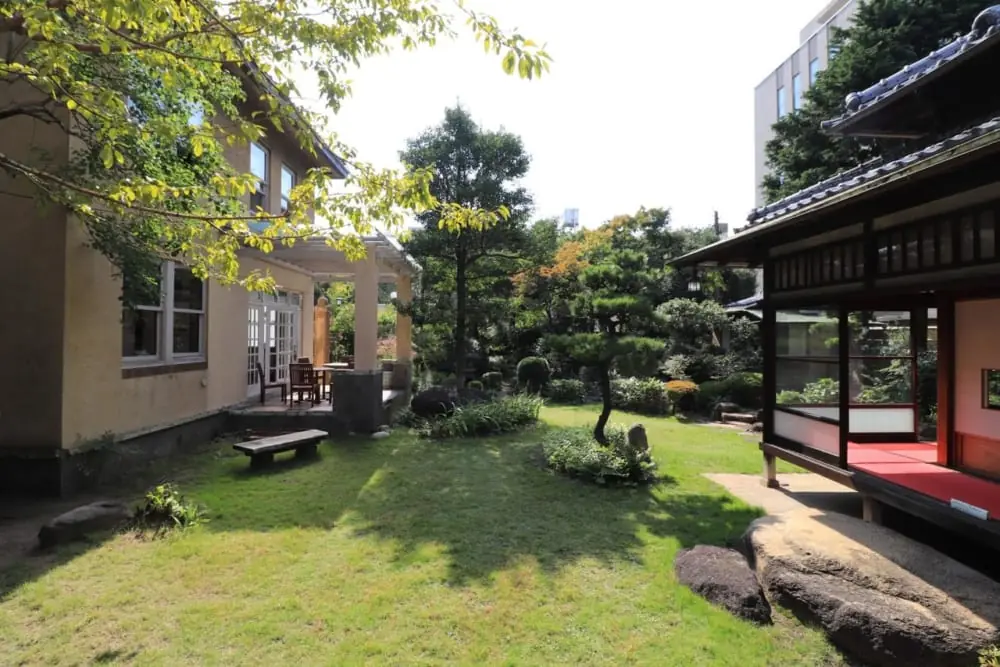
The Shumokukan is a building that combines a "Japanese-style building" used as a residence and a "Western-style building" used for receptions, a blend of Japanese and Western styles. The Western-style building was the most advanced hospitality of its time. The Japanese-style room can be used as a rental room, and an exhibition was being held on that day.
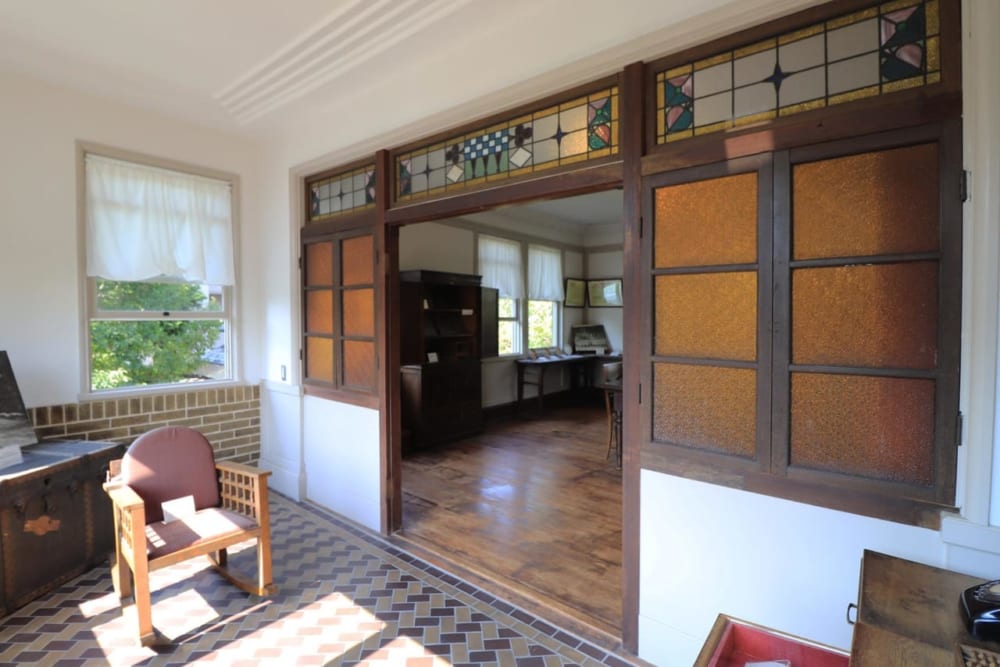
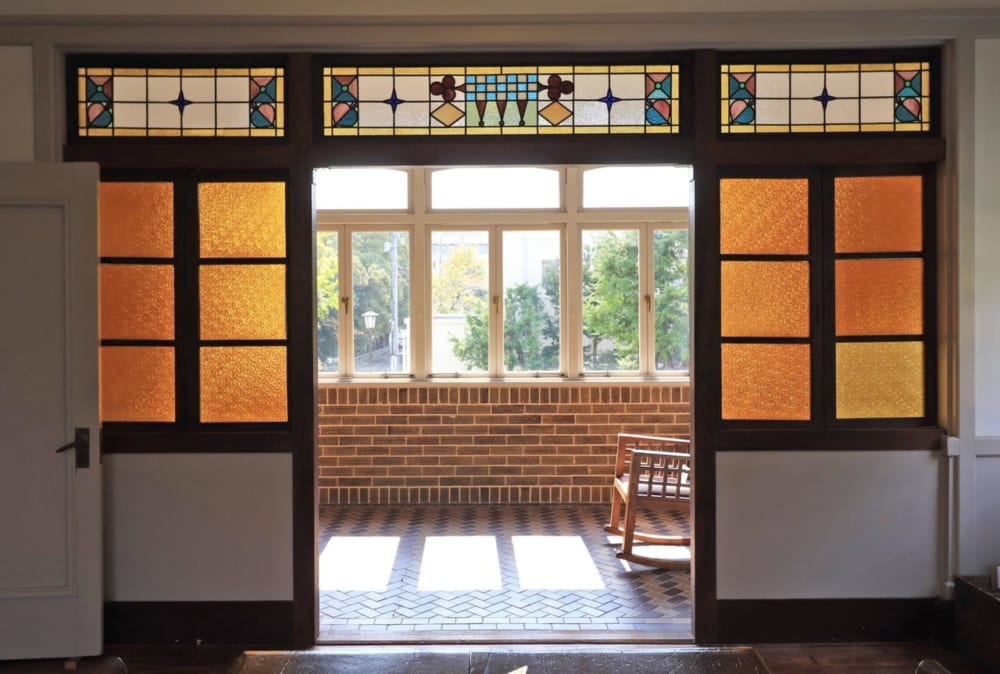
And what I would like you to pay attention to at Shumokukan is the "stained glass". The sense of Tamesaburo Imoto, who had many exchanges with foreign countries, shines. It's not as flashy as The Cultural Path Futaba Museum, but it's casually incorporated throughout the building.
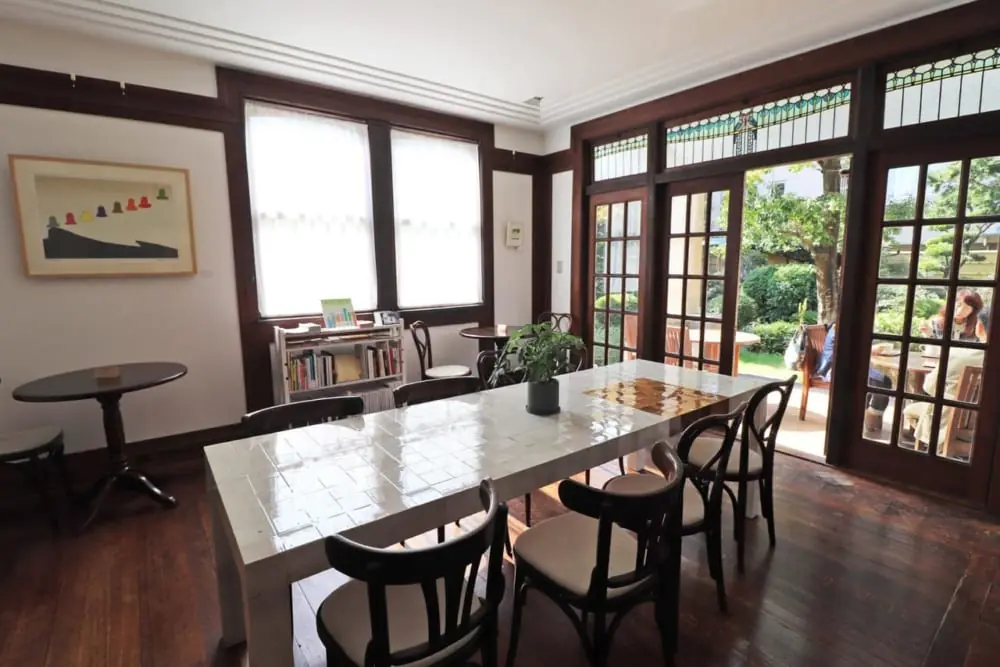
The former reception room was reopened in July 2018 as a cafe space "SHUMOKU CAFE". While gazing at the beautiful stained glass and Japanese garden, you can enjoy black tea from Muresna, which uses only the finest tea leaves in Sri Lanka, and Italian gelato made from safe ingredients.
*If you only use the cafe, you do not need to pay the admission fee.
[The Cultural Path Shumokukan]
Address :2-18, Yugi-cho, Higashi-ku, Nagoya City, Aichi Prefecture
Telephone number :052-939-2850
The residence of Sasuke Toyoda, the younger brother of Sakichi Toyoda, who was called the King of Inventions
"Former Sasuke Toyoda House"
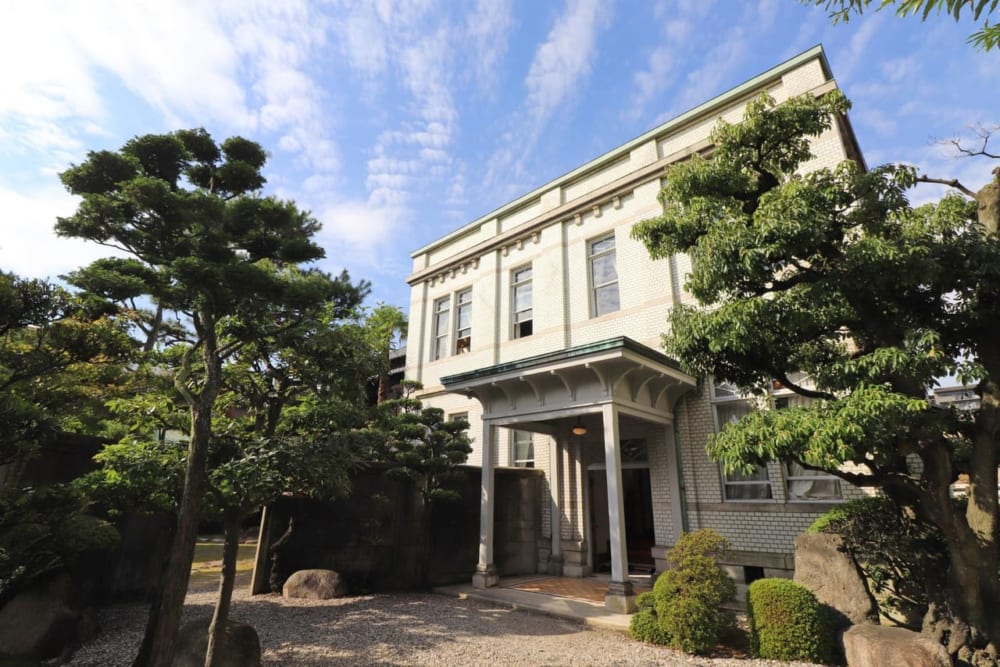
Former Sasuke Toyoda residence Shumokukan.'' Admission is free!
"Former Sasuke Toyoda residence" is the residence of Sasuke Toyoda, the younger brother of Sakichi Toyoda, the founder of the Toyota Group, who was called the King of Invention and laid the foundation of the Toyota Group to this day. It was built in 1923. It consists of a Western-style wooden building with white tiles and a Japanese-style building with a spacious layout.
The highlight is the slightly different Japanese-Western style that is different from "The Cultural Path Futaba Museum" and "Shumokukan".
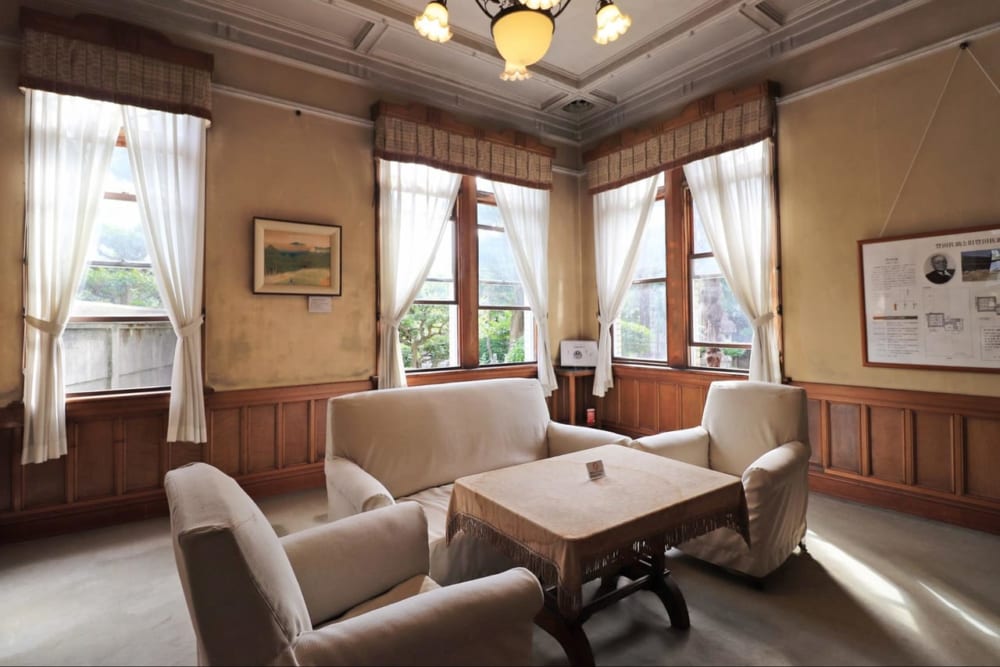
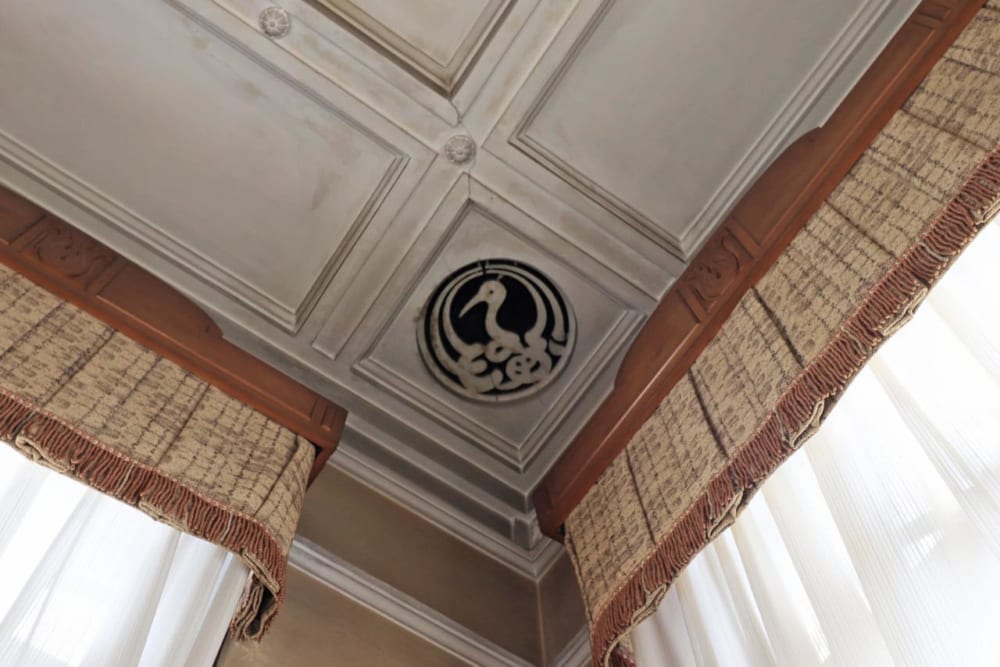
The reception room of the Western-style house is located immediately after entering the entrance. As the residence of Sasuke Toyoda, an active businessman, the room is lavishly furnished to welcome guests. The highlight of this room is the ventilation design on the ceiling. The motif is a crane and turtle for congratulations, and the three letters "to," "yo," and "da" are decorated on the ceiling.
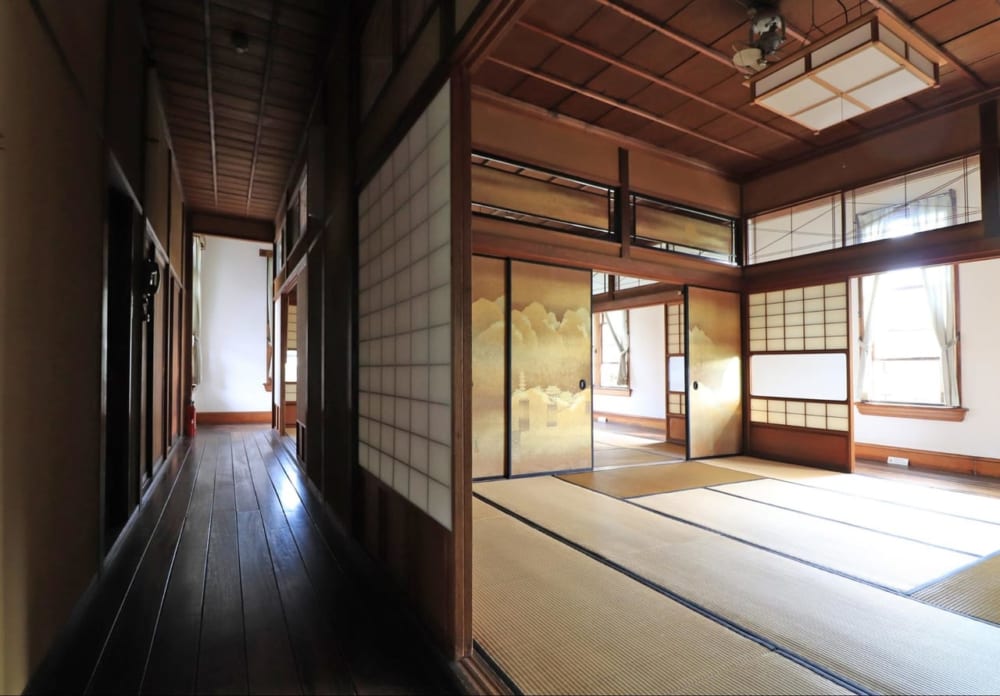
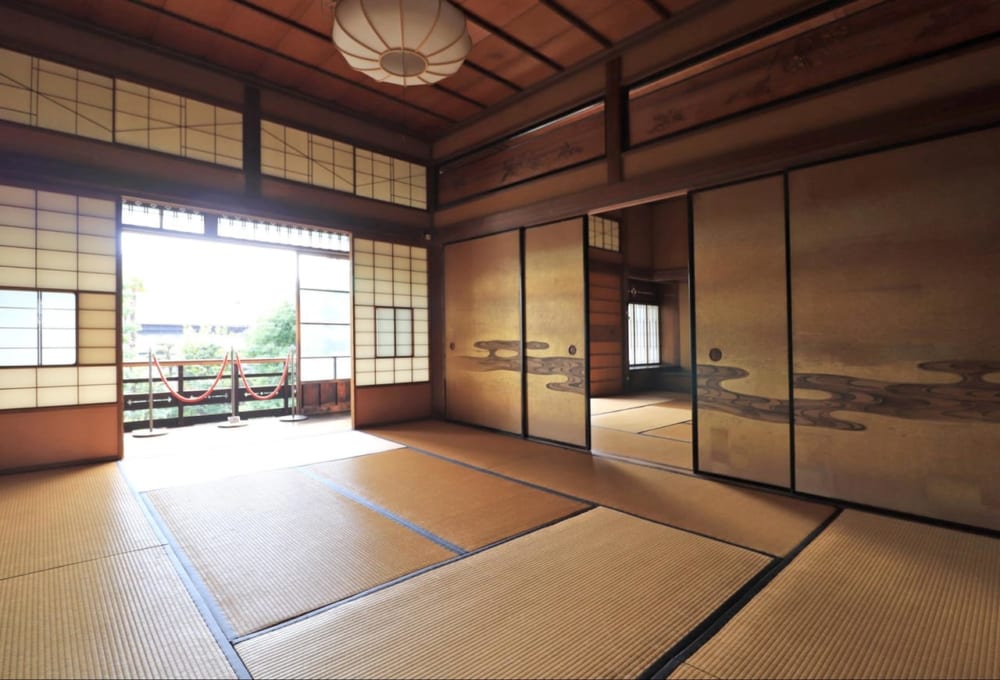
The luxurious golden fusuma is left as it was at the time. Each fusuma painting is different, and one of the pleasures is to appreciate them.
[Former Sasuke Toyoda Residence]
Address : 3-8 Chikara-cho, Higashi-ku, Nagoya City
Telephone number : 052-972-2780
Take a lunch break with a special curry from "Coffee Mon"
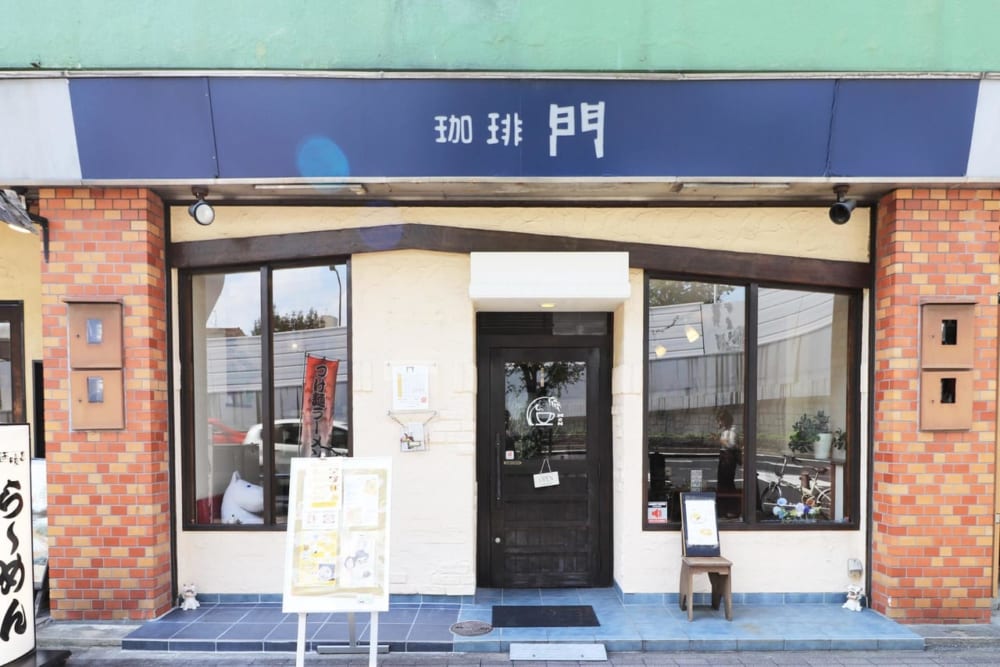
I'm getting hungry. Here, I would like to introduce some of the recommended lunches when taking a short walk on the Cultural Path.
"Coffee Mon (gate)" is located near the Nagoya Expressway Higashi Katabata Interchange. It is a long-established coffee shop founded in 1957, but it is actually a shop that is respected by curry fans.
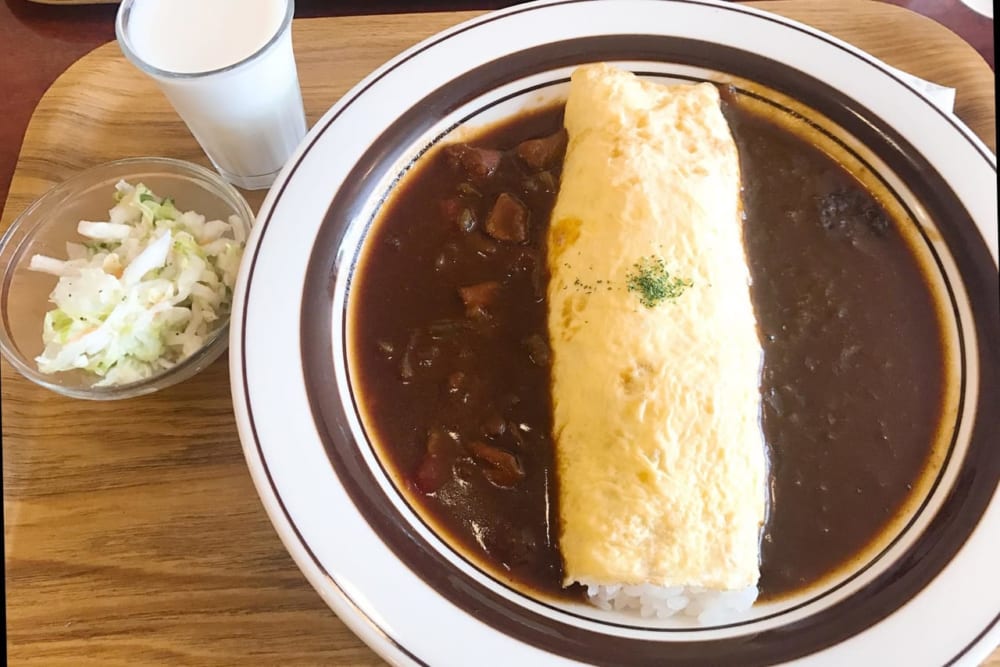
Half & half tax-included 880 yen
The most popular dish is "Half & Half (880 yen including tax)". It is a combination of "Mon Special Curry Rice" and "Chicken Hayashi Rice". At first glance, it looks like an ordinary curry, but the sweetness of the vegetables spreads gradually and the umami of the meat can be felt. It tastes like a famous Western-style restaurant!
You can eat the curry and hayashi separately, but the master recommends mixing them together. The spiciness of the curry is softened and the flavor of the hayashi combines with the spiciness of the curry to create a different flavor. It is a menu that can be enjoyed three different tastes in one dish.

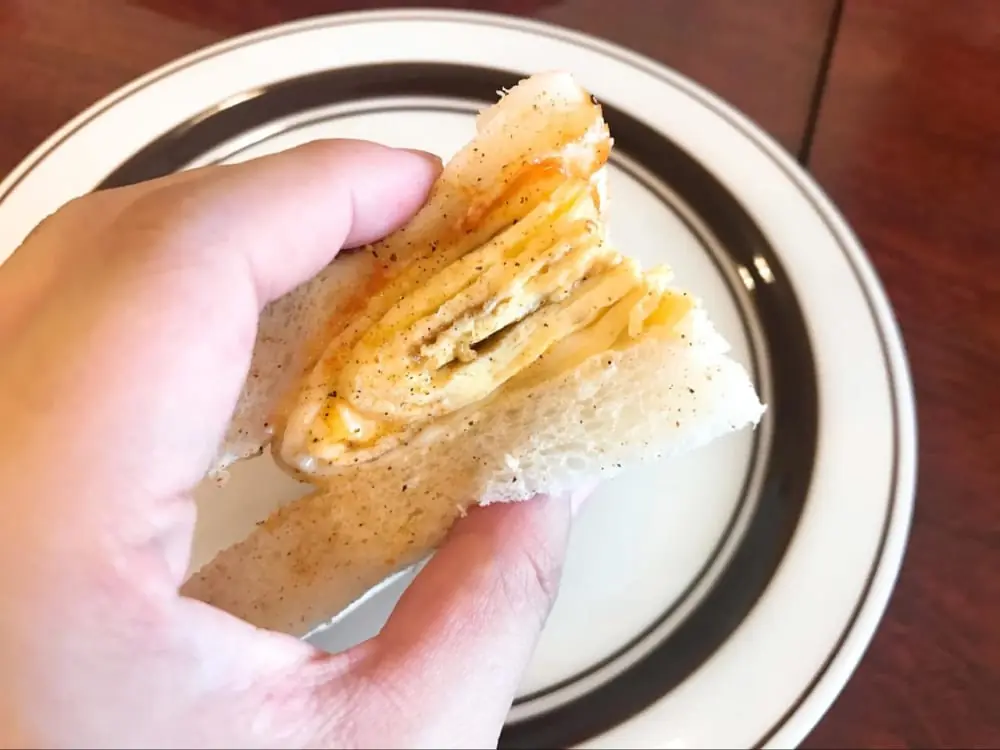
Another must-try is the millefeuille sandwich (650 yen including tax). This sandwich consists of two kinds of cheese sandwiched between layers of thinly fried eggs. The gentle flavor will soothe your tired body after a long day of strolling.
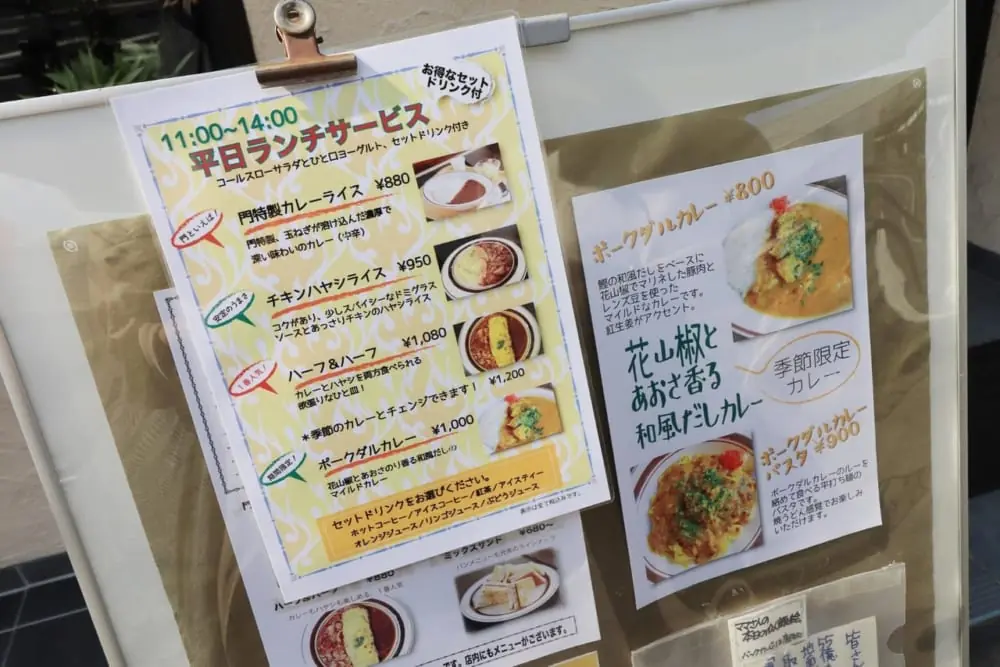
Besides that, the seasonal curries and [Beef Tendon Curry], which is only available for 3 days a month, are also popular, so please check them out. Of course, the original blended coffee is also excellent, so it is also recommended as a tea time.
[Coffee Mon]
Address :Shumoku Building1F, 1-15 Shumoku-cho, Higashi-ku, Nagoya City, Aichi Prefecture
Telephone number :052-559-0759
Parking lot :
A healing garden full of seasonal flowers
"The Cultural Path Hyakka-Hyakusou"
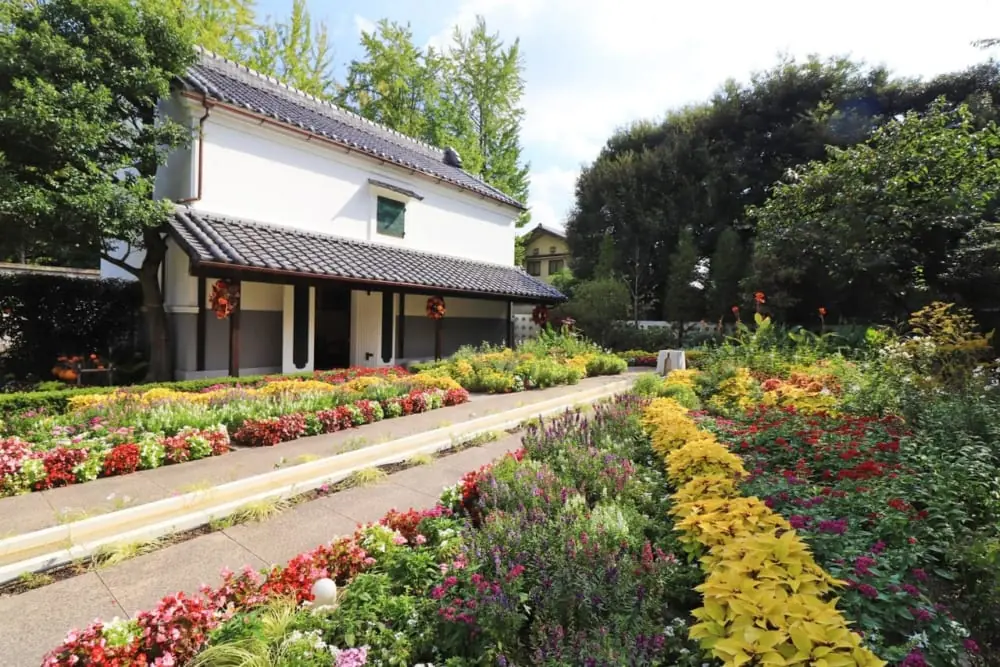
Now, let's go back to the Cultural Path! From the coffee gate, proceed to the east side and head for “The Cultural Path Hyakka Hyakuso”.
"The Cultural Path Hyakka Hyakuso" was originally a former residence built in 1920 by the Okaya family, the founding family of Okaya & Co., Ltd. The house had been vacant for a long time, but Nagoya city consulted with the Okaya family about using the building as a place to take a break while strolling through the "The Cultural Path", and the Okaya family readily agreed. The study hall, tea room, and storehouse were renovated, and a multi-purpose hall was newly built.
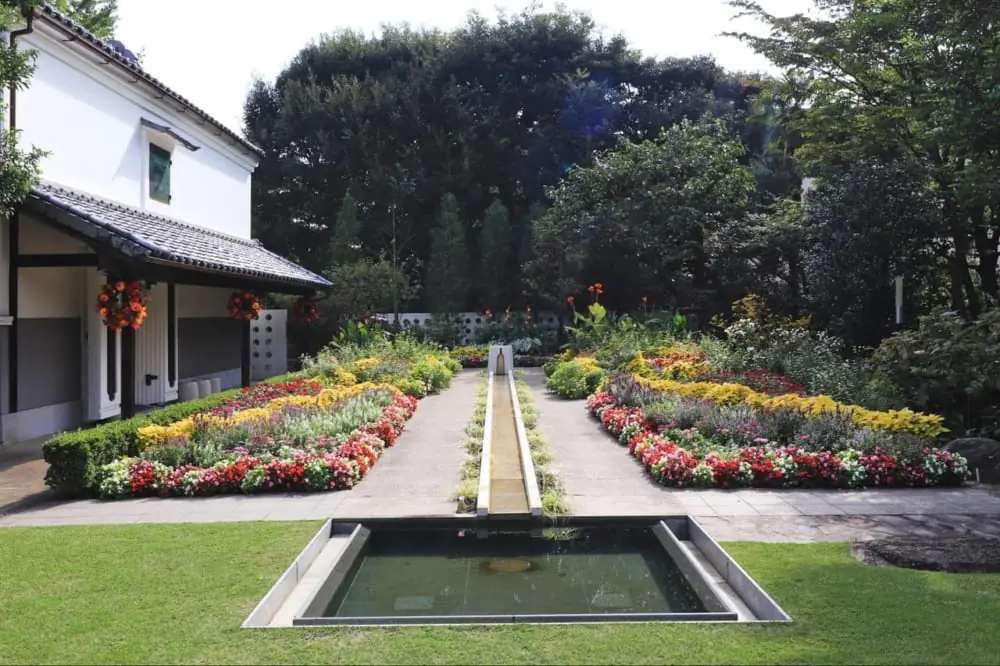
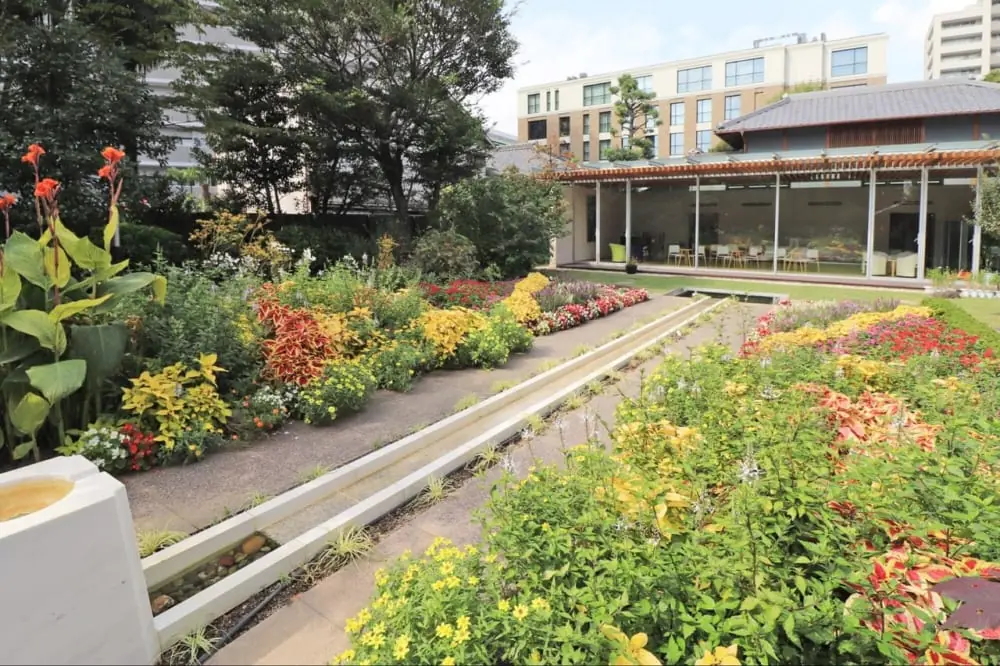
The highlight of “The Cultural Path Hundred Flowers and Hundred Grasses” is the garden that blends Japanese and Western styles. Flowers are replanted seasonally.
The name "Hyakka Hyakusou" comes from the "Hyakka Hyakusou Zu Byobu" by late Edo period painter Tanaka Totsugen, which was donated to Tokugawa Art Museum. Named after. Of the 90 or so seasonal flowering plants depicted on the screen, about 70 are currently planted in the garden.
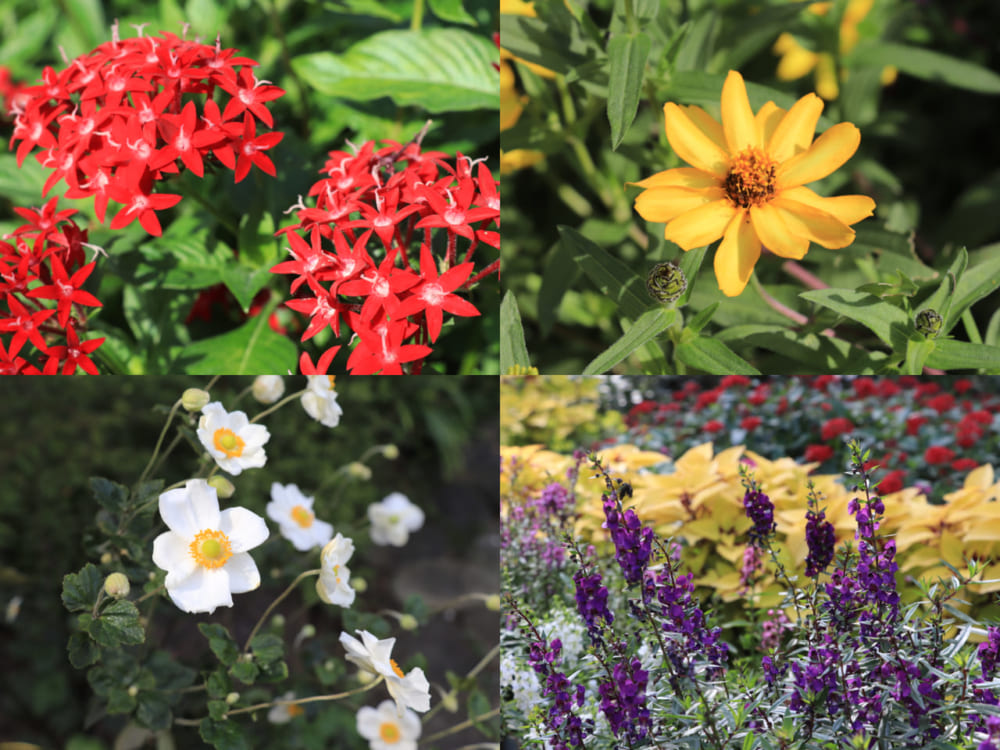
The day I visited was also a bit chilly, but I was able to see such beautiful flowers.
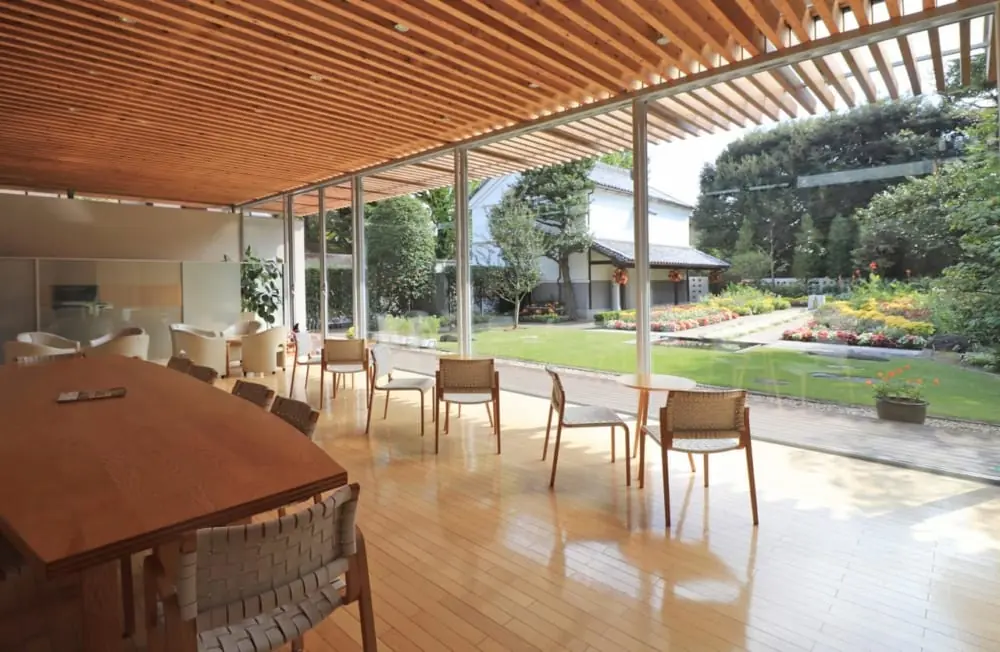
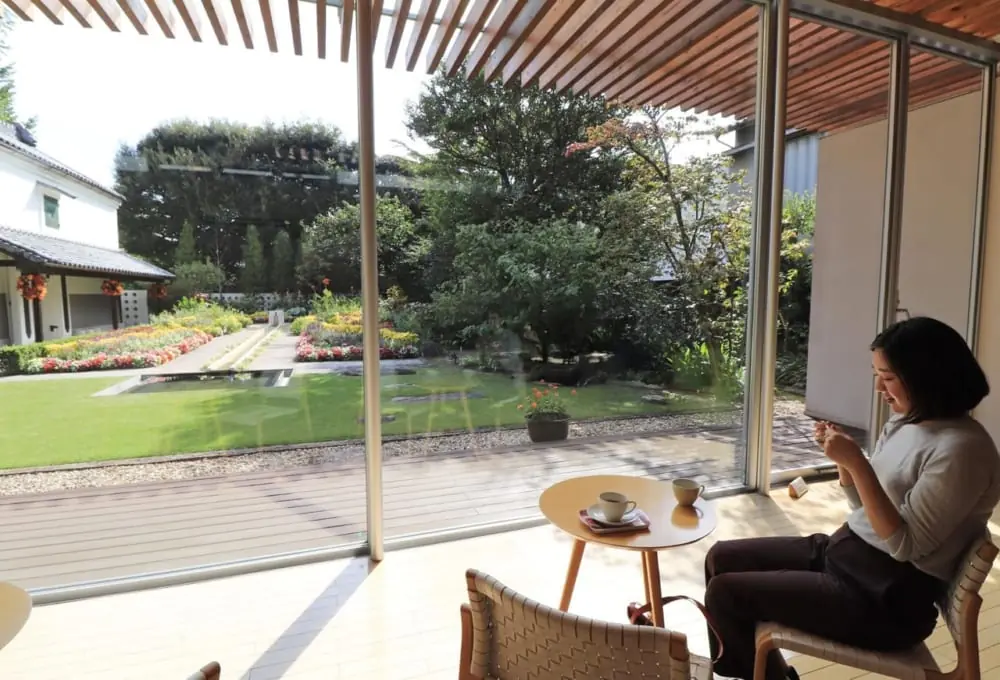
A new multi-purpose hall was built on the site of the former main building. Coffee, tea, and sweets are available for self-service. Depending on the time, there is also live music on the grand piano. Compared to other facilities on the Cultural Path such as Futaba Museum and Shumokukan, the entrance fee is slightly higher, but it is also recommended as a place to rest while walking the Cultural Path.
[The Cultural Path Hyakka Hyakuso]
Address :4-91 Shirakabe, Higashi-ku, Nagoya City
Phone number :052-931-1036
Parking :No parking lot
Admission fee: Adults 500 yen, Elementary/junior high school students 200 yen, Free for children under elementary school age
Prices are subject to change, so please check the official website.
A museum of pottery culture that fascinated the world
"Nagoya Ceramics Hall"
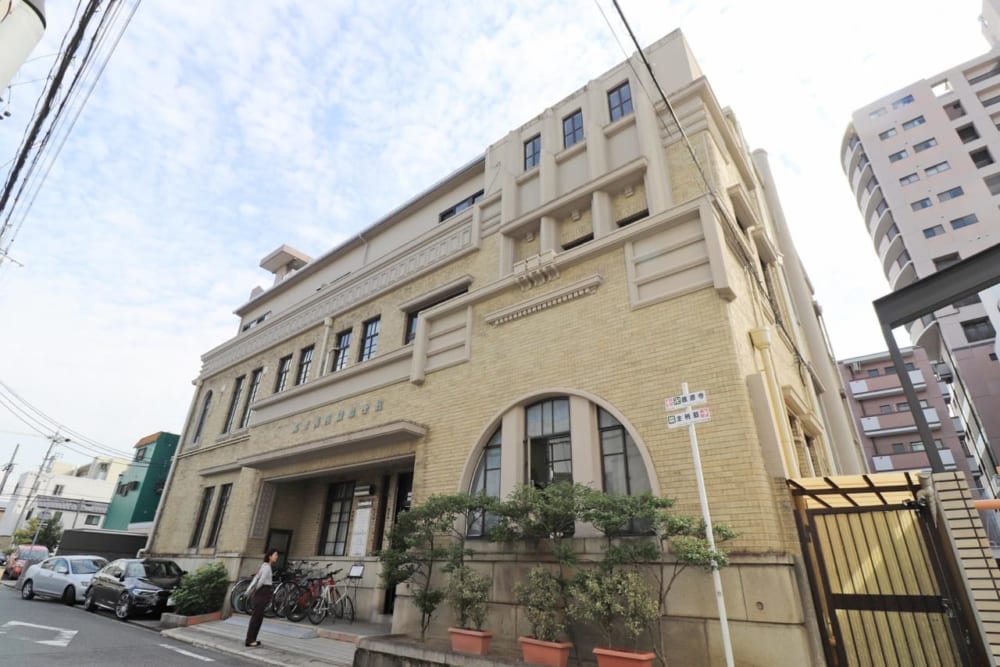
Finally, let's go to Tokugawaen area and go to the "Nagoya Ceramics Hall"!
Higashi-ku and Kita-ku of Nagoya used to be the center of ceramic painting and processing for export. Many painting factories and traders gathered in the area, and 80% of all exported ceramics in Japan were produced in the area. ”Nagoya Ceramics Hall” was built in 1936 as the office of the Nagoya Ceramics Trade and Commerce Association.
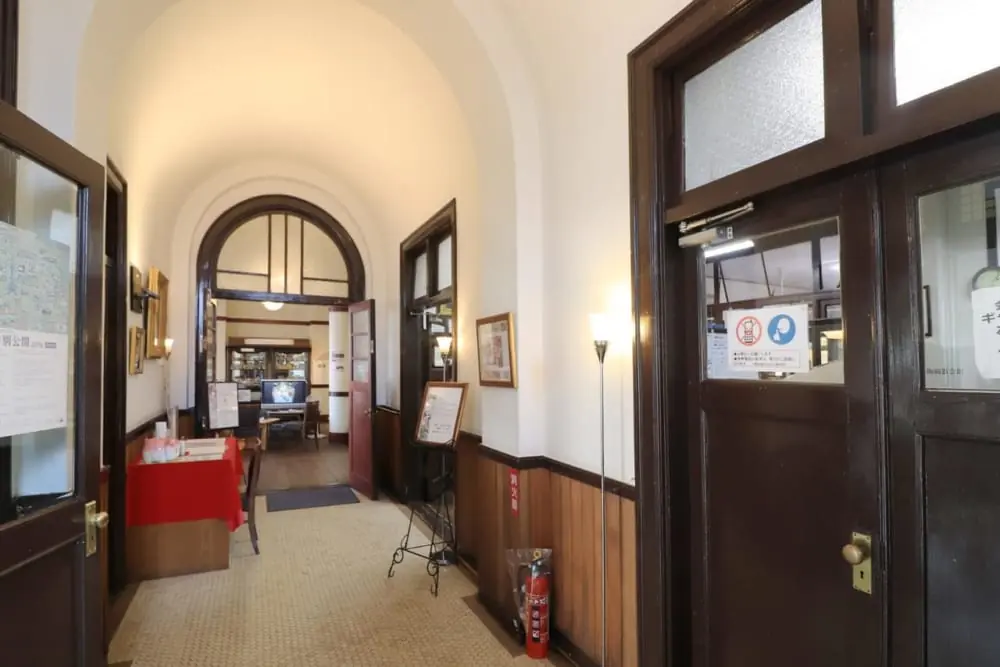
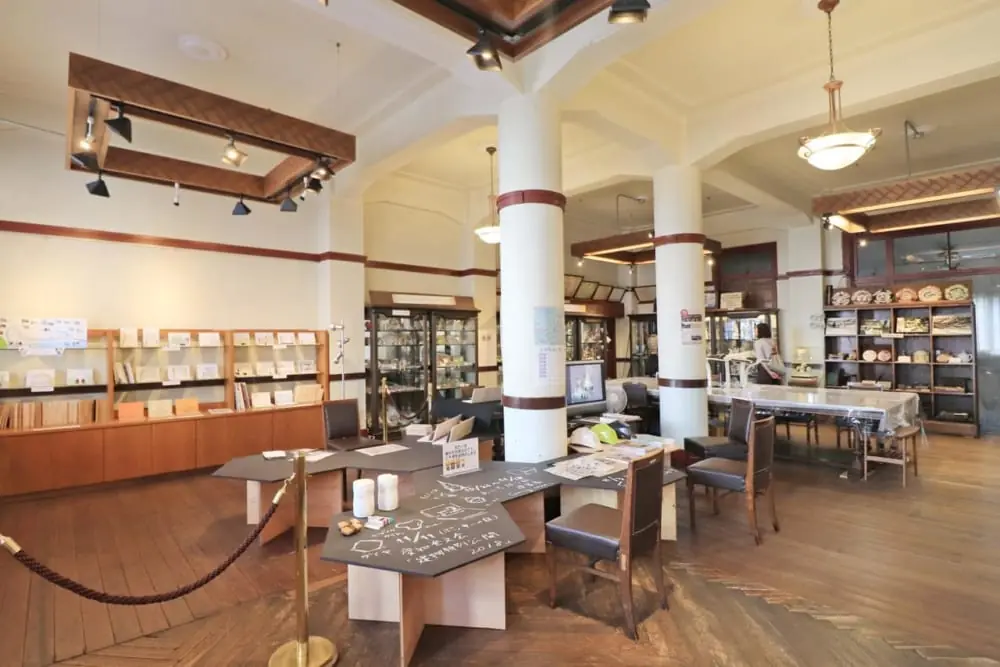
Nowadays, the retro atmosphere of the early Showa era is attracting attention, and it is used as an office for architects and designers, as well as a stage for filming.
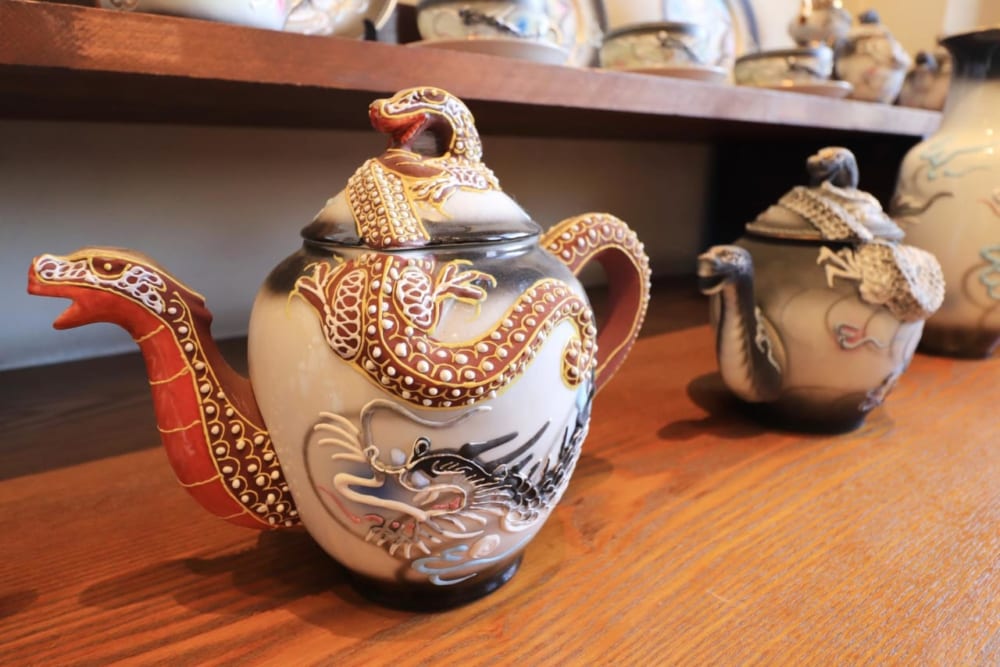
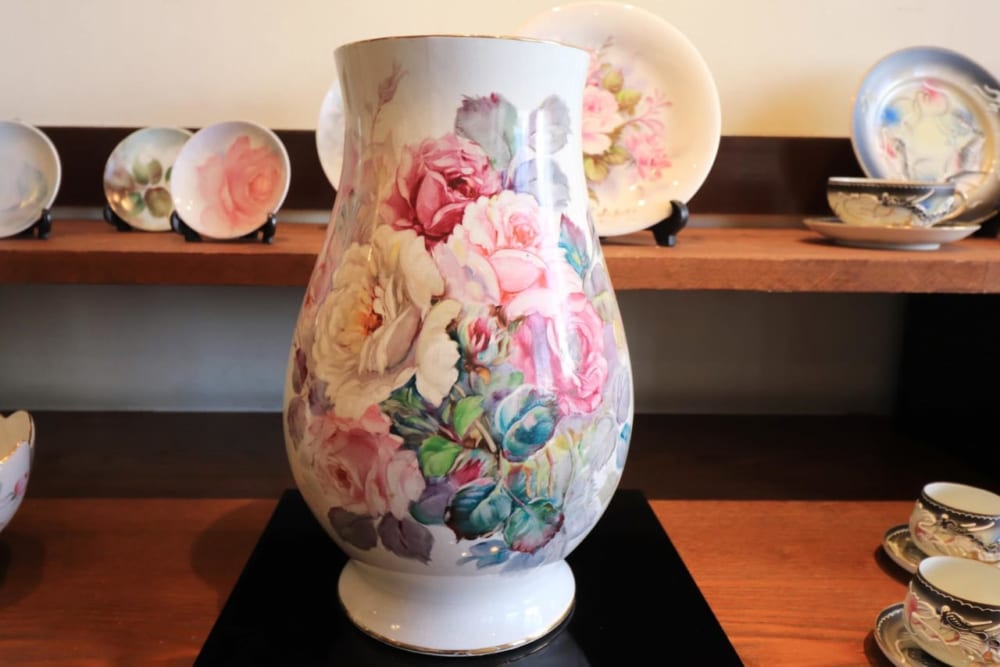
In the exhibition room on the 1st floor, products processed in Nagoya before and after the war are introduced.
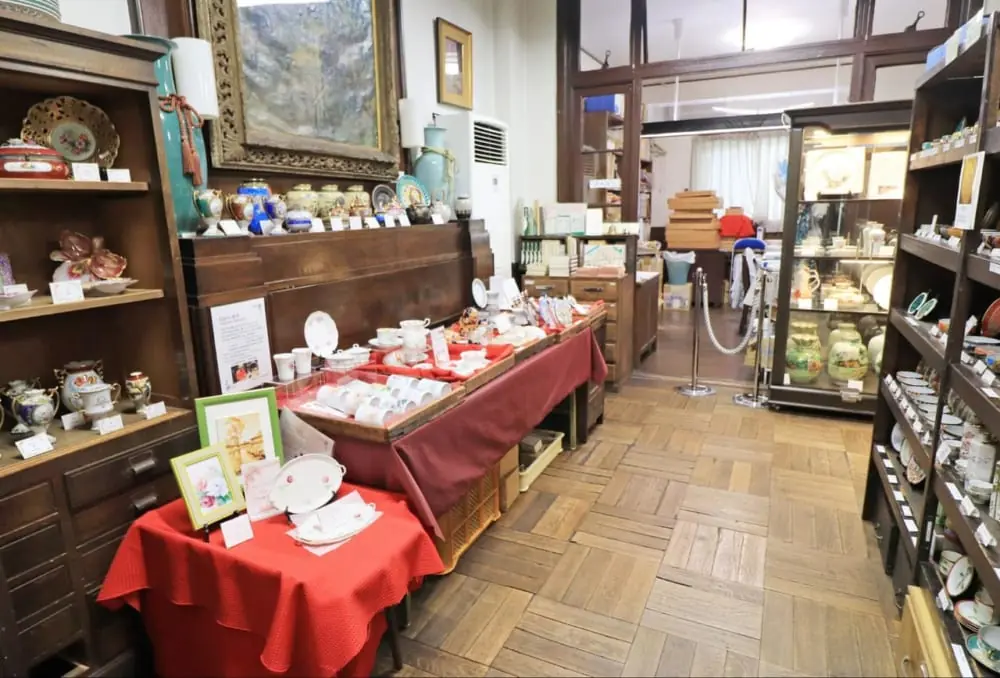
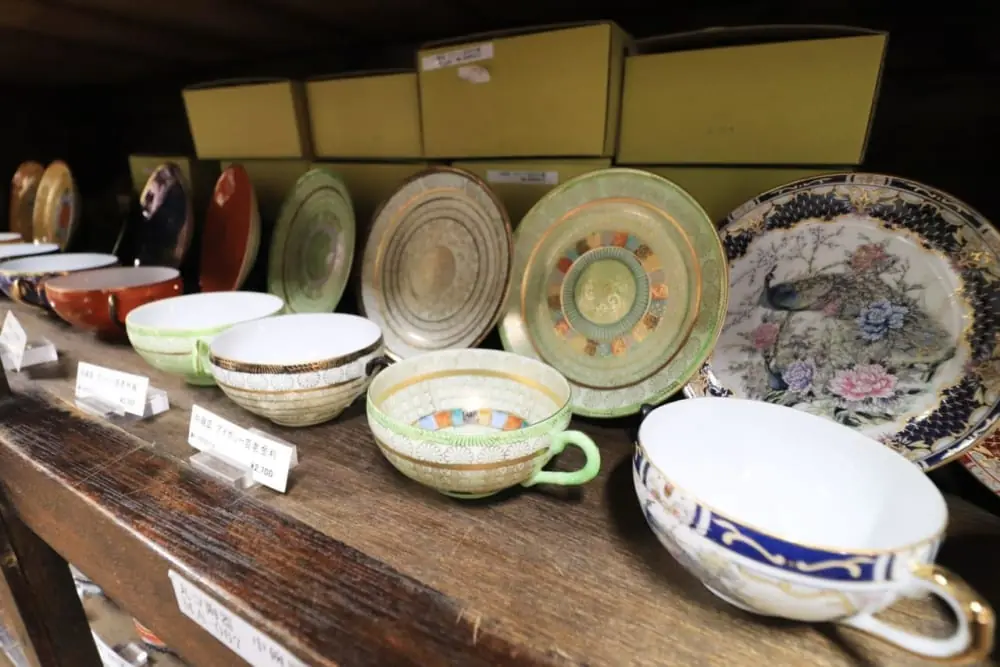
The museum shop sells products painted in Nagoya. Also available online.
[Nagoya Ceramics Hall]
Address :1-10-3 Tokugawa, Higashi-ku, Nagoya City
Telephone number :052-935-7841
Admission : Free
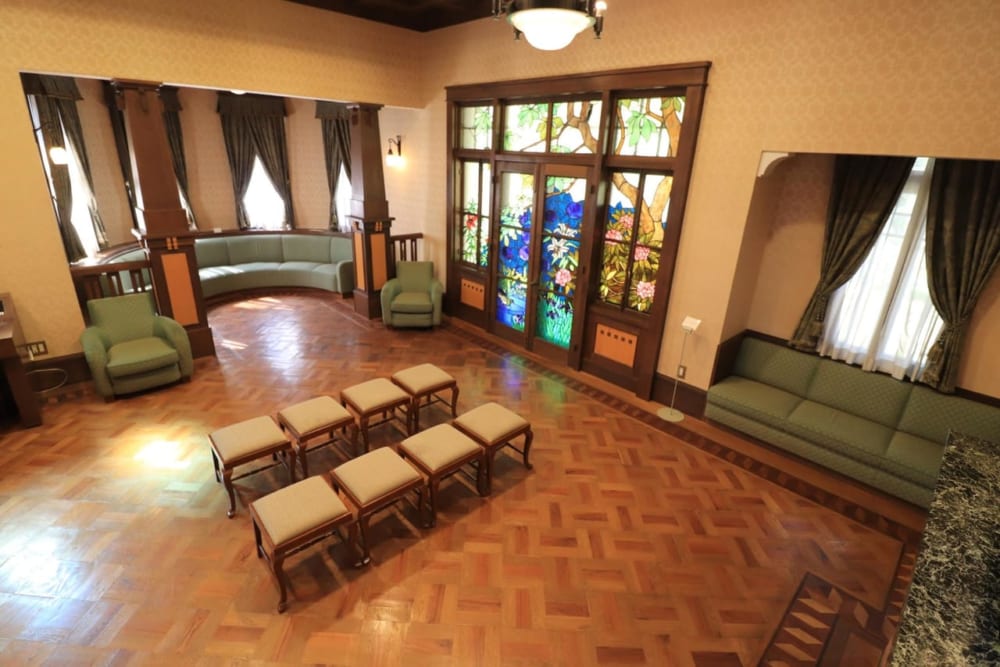
In addition to the Shirakabe/Chikara/Shumoku area introduced this time, there are also two other areas: the Nagoya Castle/Sannomaru area and the Tokugawaen area.
The Nagoya Castle/Sannomaru area is dotted with buildings filled with Taisho romance, such as Nagoya Castle Nagoya City Archives, and the Aichi Prefectural Office Building. Tokugawaen area is home to many sightseeing spots related to the Owari Tokugawa Family. Please be sure to check them out as well.
![[Nagoya] 6 Recommended Spots on the “The Cultural Path” Enjoy Taisho and Showa Architecture!|Going Out in Higashi Ward, Nagoya|Life Designs|Traveling and Living in Nagoya, Aichi, Gifu and Mie](https://life-designs.jp/wp/wp-content/themes/wp-templ/assets/img/common/logo.svg)
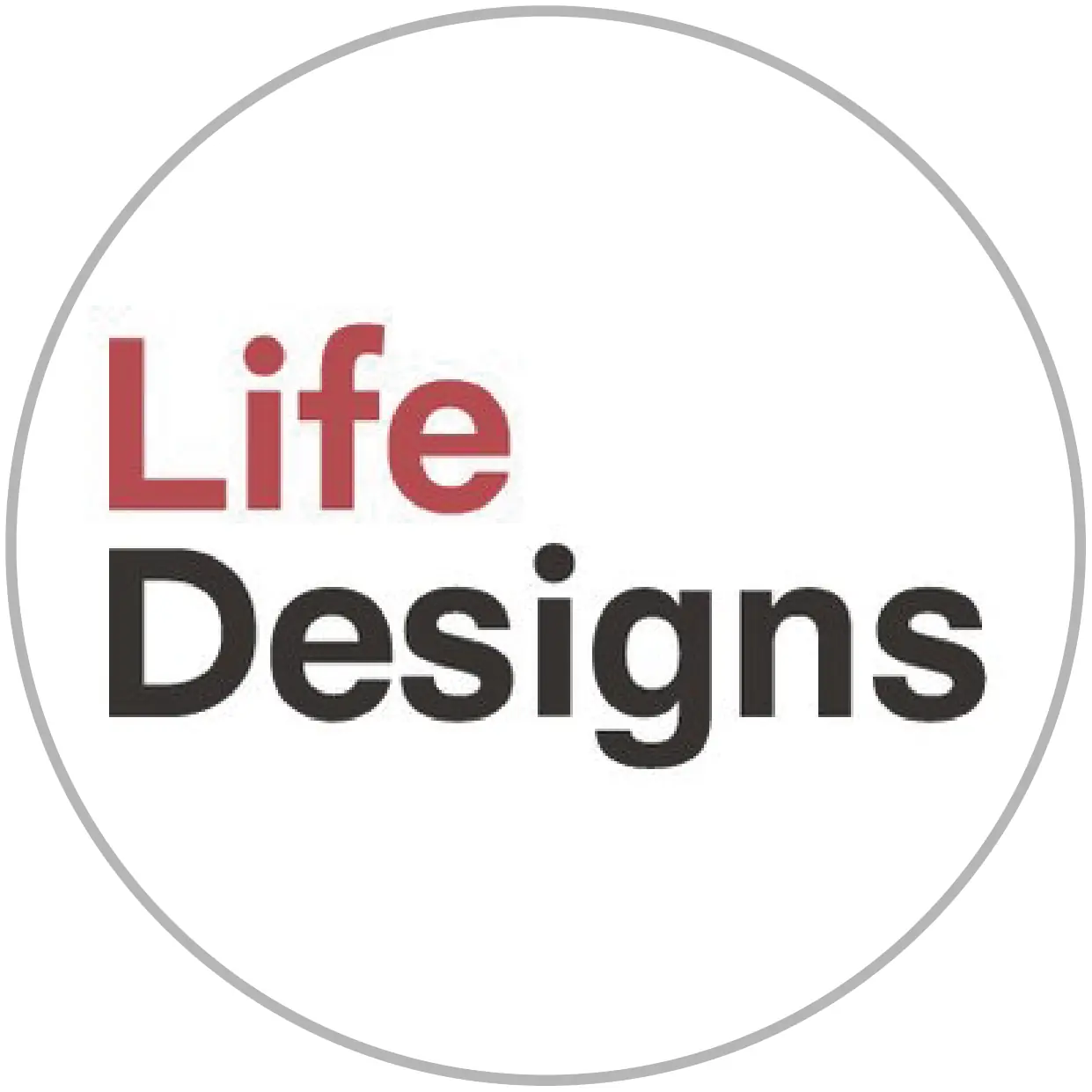




![[Tokai Area] Explore its History!](https://life-designs.jp/wp/wp-content/uploads/2019/12/LD_banner_w1920x1088_history-1-1024x580.jpg)
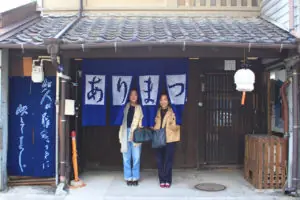
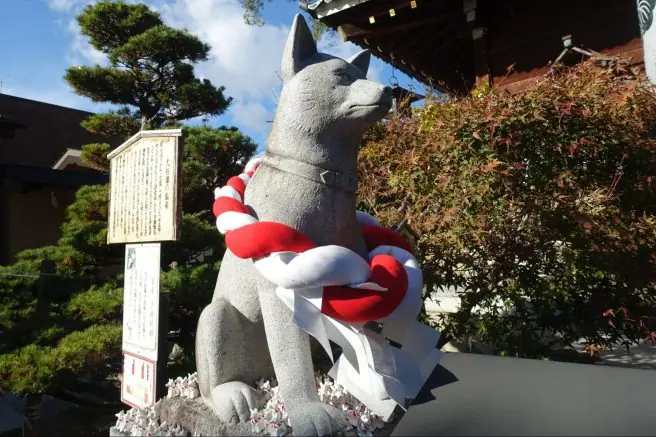
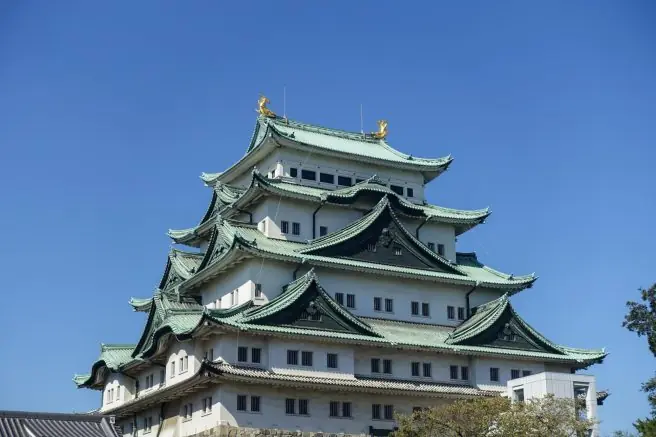
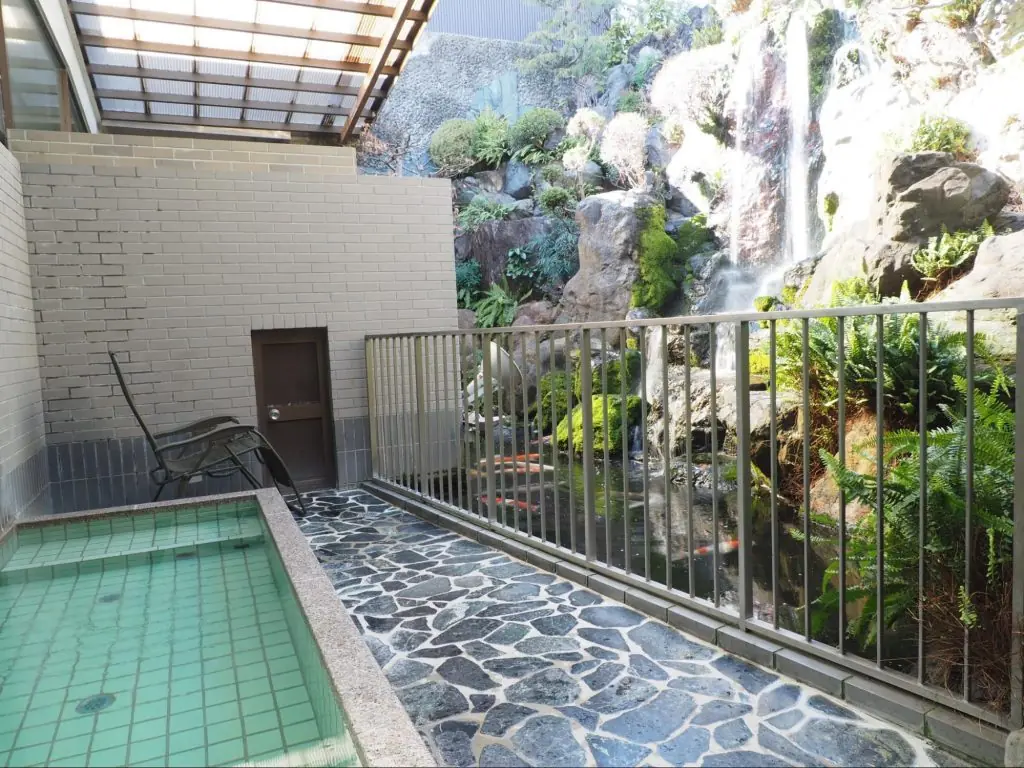
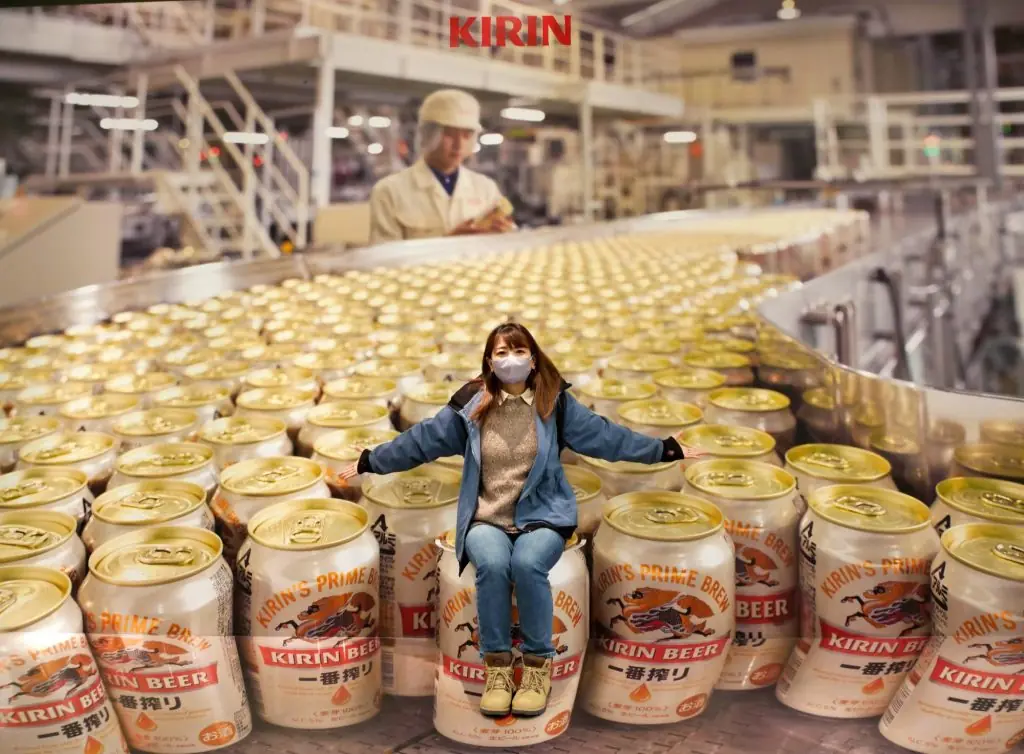
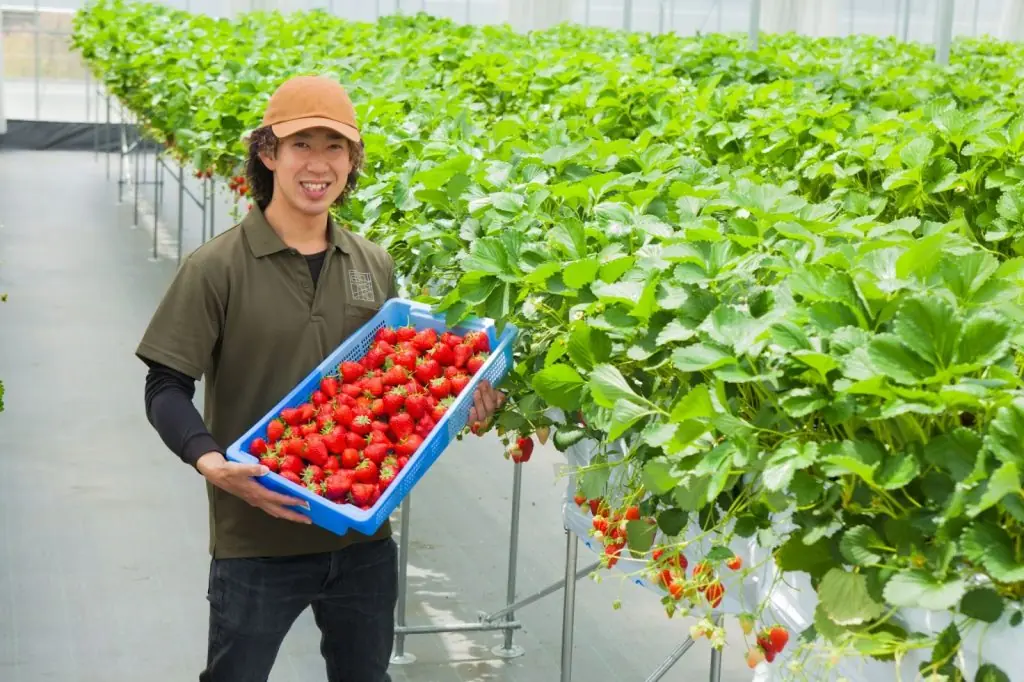
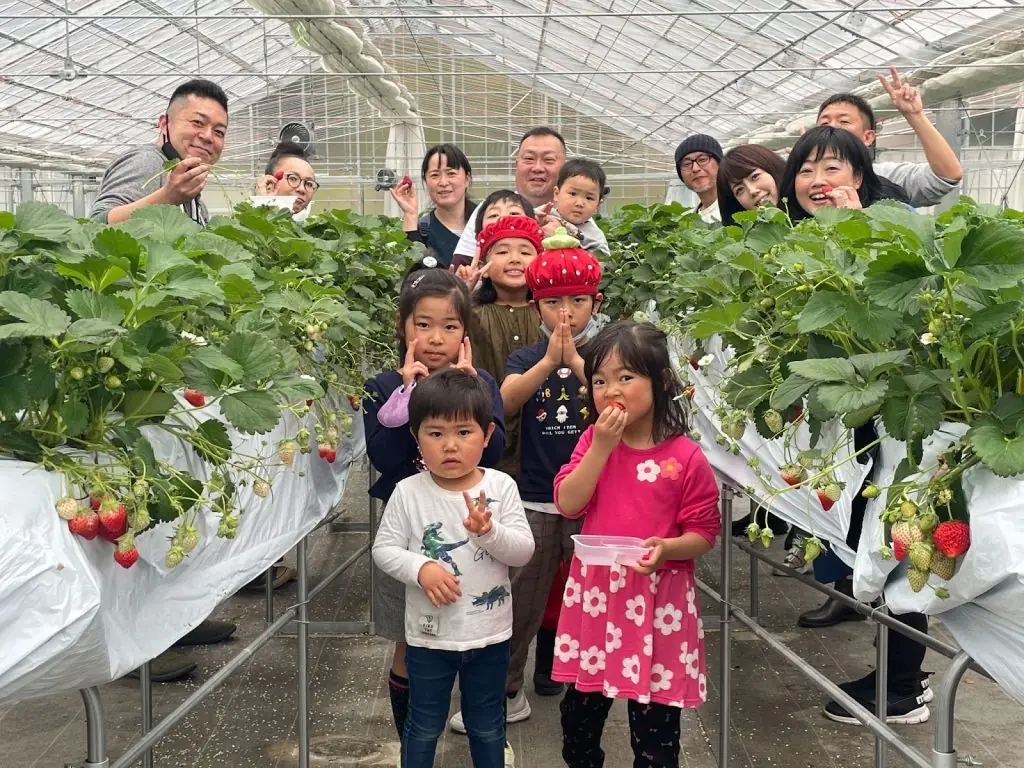
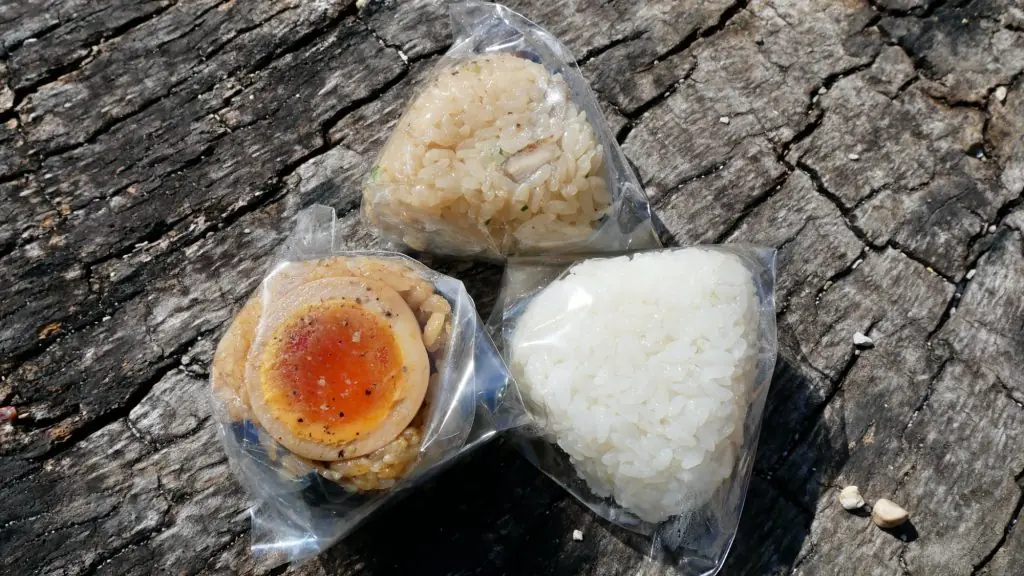
![[Sakae] Experience the world of TV at "NHK Nagoya Broadcasting Experience Studio WAKUWAKU"!](https://life-designs.jp/wp/wp-content/uploads/2024/07/image23-1024x684.png)
![[Nagoya] Nagoya City Archives full of Taisho-era romance, also used as a filming location for the morning drama "Tora ni Tsubasa"](https://life-designs.jp/wp/wp-content/uploads/2020/01/image11-22-1024x683.jpg)
![[8 selection] Beer Gardens in Nagoya You'll Want to Visit this Summer!](https://life-designs.jp/wp/wp-content/uploads/2024/07/image11-7-1024x768.jpg)
![[Tenpaku] The Tokai region's first pitching academy specializing in elementary school students: "Pitching Foundation - Building the Basics of Pitching" - Improve your pitching speed and develop a form that prevents injury!](https://life-designs.jp/wp/wp-content/uploads/2024/06/d2d071e3d911752d20b1d6abe42a4da3-1024x683.jpg)
![[Architectural Design Firm Alain] the Ultimate Cakes Made by a Chef from France. “Abondance,” One of Japan’s Leading Patisserie](https://life-designs.jp/wp/wp-content/uploads/2024/05/5e21e8917b72608c1deddc4a2334cabc-1024x768.jpg)
![[Aichi/Seto] Buy Tableware with Child's Name at Chikudouen Direct Sales!](https://life-designs.jp/wp/wp-content/uploads/2023/12/ed17cb6f2959be2a08e2abe0d046aed3-1024x768.jpg)
![[Navi Design] Gifu, Tajimi's Patisserie "GRANDIR" Offers Authentic French Pastries!](https://life-designs.jp/wp/wp-content/uploads/2024/07/616575da7afecb2a0b3fc2bfb9505355.jpg)
![[8 selection] Beer Gardens in Nagoya You'll Want to Visit this Summer!](https://life-designs.jp/wp/wp-content/uploads/2024/07/image11-7.jpg)
![[Minato Ward] Learn about Disaster Prevention Tips at Nagoya Municipal Minato Disaster Prevention Center](https://life-designs.jp/wp/wp-content/uploads/2024/07/image3-1.png)

![Thrift Haven! Ultimate Guide to 40 Second-Hand Shops in Osu, Nagoya [2024 Edition]](https://life-designs.jp/wp/wp-content/uploads/2024/07/image2-1.png)
![[Sakae] Experience the world of TV at "NHK Nagoya Broadcasting Experience Studio WAKUWAKU"!](https://life-designs.jp/wp/wp-content/uploads/2024/07/image23.png)
![[Aichi] Let's Visit the Filming Locations of the NHK Drama Series "Tora ni Tsubasa"!](https://life-designs.jp/wp/wp-content/uploads/2024/07/image3-2.jpg)
![[Tokai Area] Place to Go on Rainy Days!](https://life-designs.jp/wp/wp-content/uploads/2022/03/f76405aaa33944a4ba88a131fbc56523-768x435.png)
![[Enjoy Kuwana! ] From Classic to the Latest Spots](https://life-designs.jp/wp/wp-content/uploads/2022/11/Kuwana_w1920x1088-1-768x435.png)
![[Special Feature] Enjoy Outdoor Activities!](https://life-designs.jp/wp/wp-content/uploads/2019/12/LD_banner_w1920x1088_outdoor-1-1024x580.jpg)
![[Tokai Area] Scenic Spots which You'll Never Forget](https://life-designs.jp/wp/wp-content/uploads/2019/12/LD_banner_w1920x1088_prospect-1-1024x580.jpg)
![[Osu Special Feature] A City of History and Uniqueness](https://life-designs.jp/wp/wp-content/uploads/2022/03/01_Osu-1-1024x580.png)
![[Nagoya-meshi] Nagoya's Speciality Dishes](https://life-designs.jp/wp/wp-content/uploads/2022/06/5ba2ca8c038fd4af7527bc0826367cfb-1024x580.png)
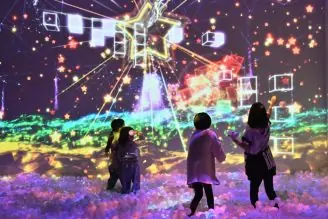
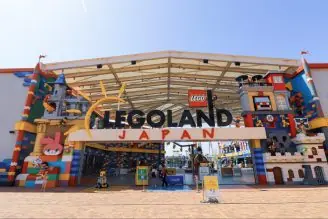
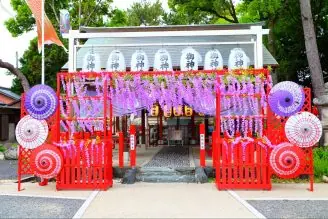
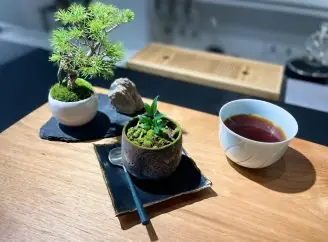
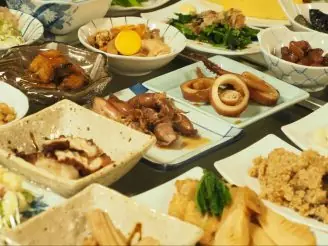
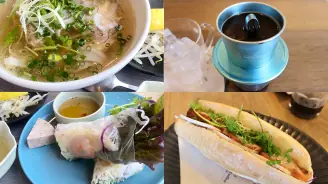
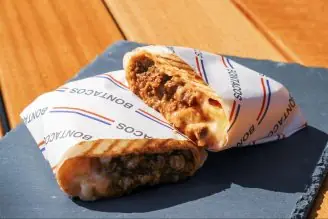
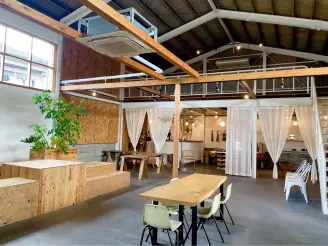
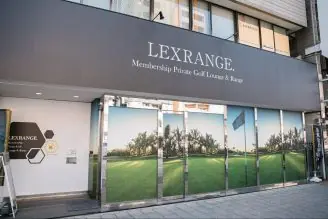
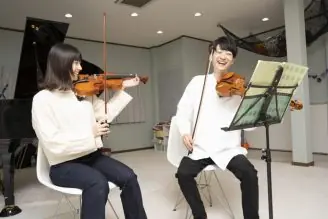
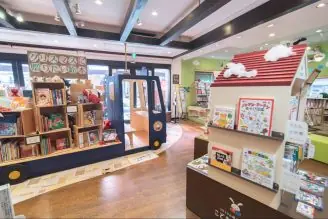
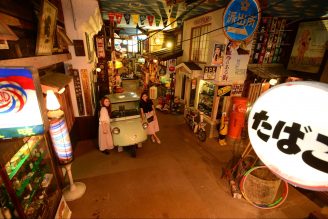
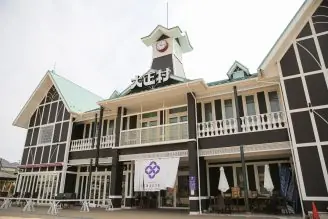

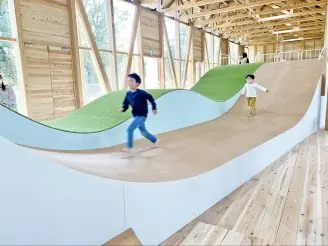
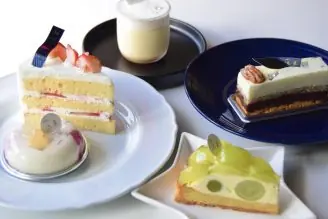
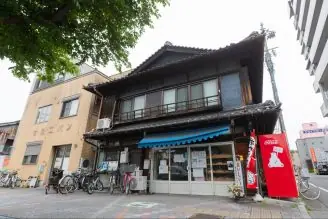
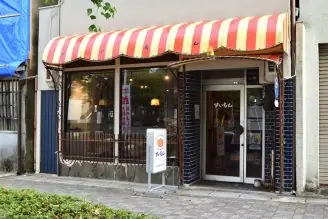
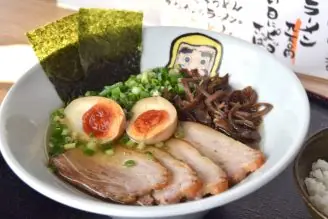
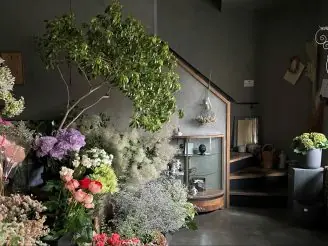
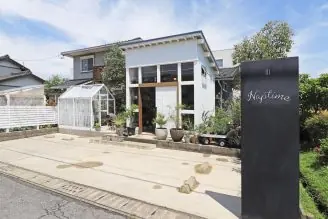

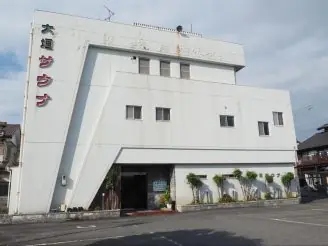
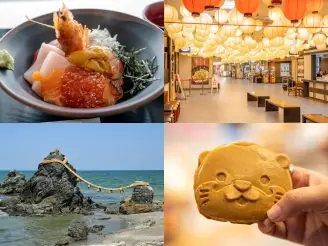


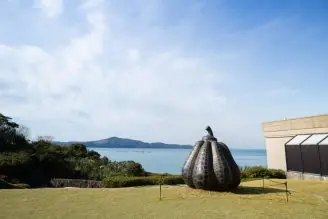
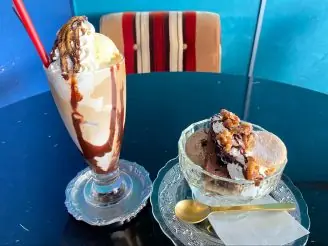
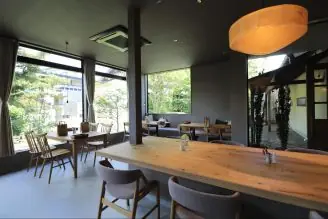
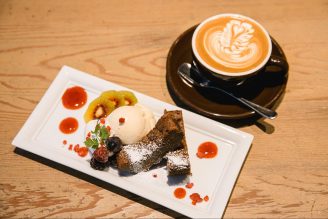
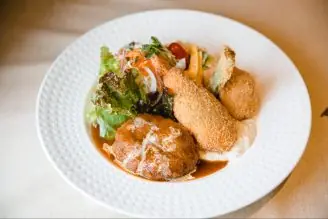
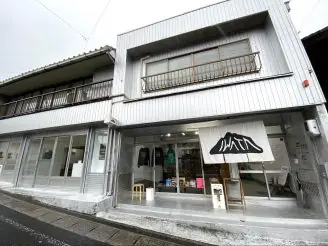
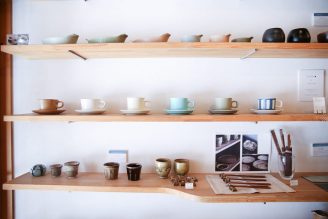

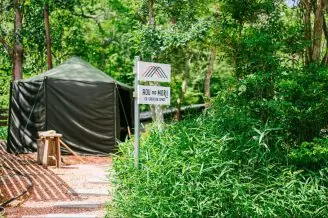
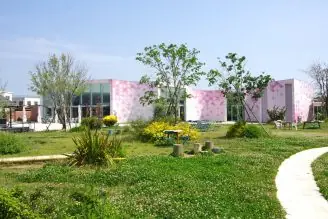

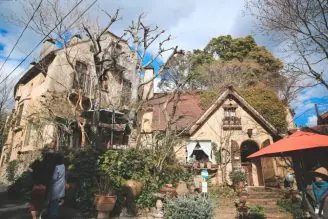
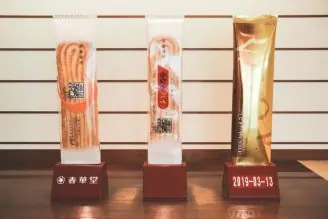
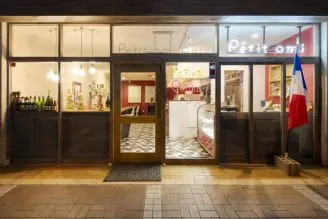
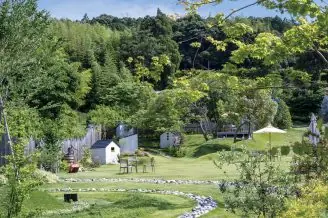
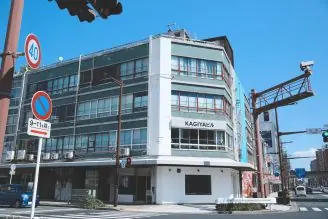
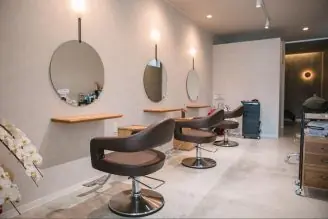
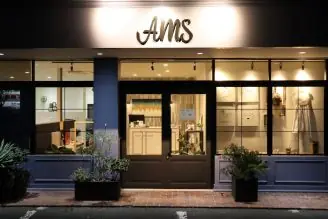
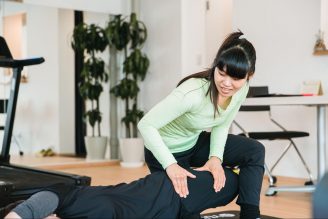
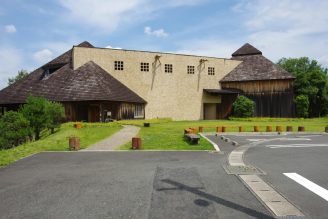
![[28 selections] I want to get it when I go to Ghibli Park! Recommended goods & souvenirs (Ghibli’s Grand Warehouse edition)](https://life-designs.jp/wp/wp-content/uploads/2023/07/07bb34f30842ccc4c6412fc060e1966c-1024x683.jpg)
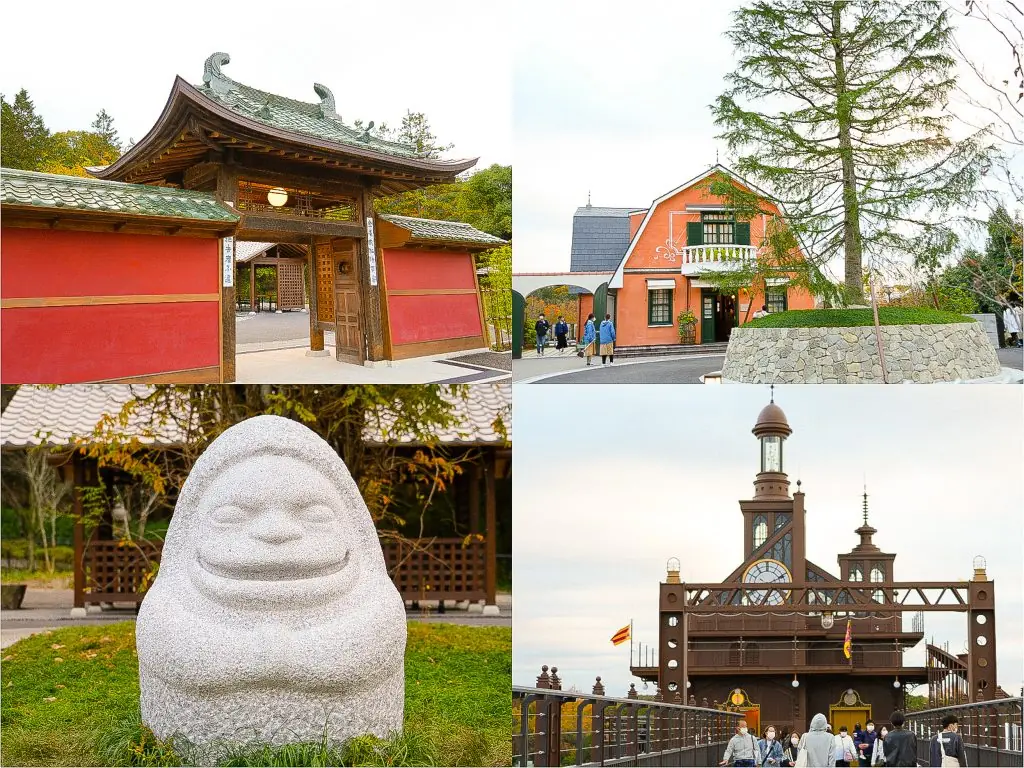
![[9 Selections] Summary of Retro Coffee Shops in Nagoya](https://life-designs.jp/wp/wp-content/uploads/2021/11/image1-30-1024x683.jpg)
![[12 Selections] Available at Nagoya Station! Snacks Perfect as Souvenirs from Nagoya](https://life-designs.jp/wp/wp-content/uploads/2021/04/FotoJet-2021-04-19T194023.218-1024x768.jpg)
![[2024 Latest Edition] 30 Summer Resorts Within 2.5 Hours by Car from Nagoya!](https://life-designs.jp/wp/wp-content/uploads/2020/08/d5e9a698a33b82fe60aa760e3d6d995f-768x512.jpg)
![[Within 2hrs by Car] 12 Outing Areas where You can Go on a Day Trip from Nagoya!](https://life-designs.jp/wp/wp-content/uploads/2023/07/odekake12_w1200h900_20240422-328x246.png)
![[14 Selections] Recommended spots to spend the weekend in Kakuozan area of Nagoya](https://life-designs.jp/wp/wp-content/uploads/2022/07/Kakuozan-spot_w1920h1088_240605-328x186.png)
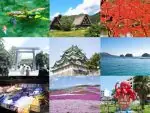
![[2024 Edition] If you want to see sunflowers in the Tokai area, here are the 14 best sunflower fields!](https://life-designs.jp/wp/wp-content/uploads/2021/06/060da577ba599da39fe6b25be38096b0-150x100.jpg)
